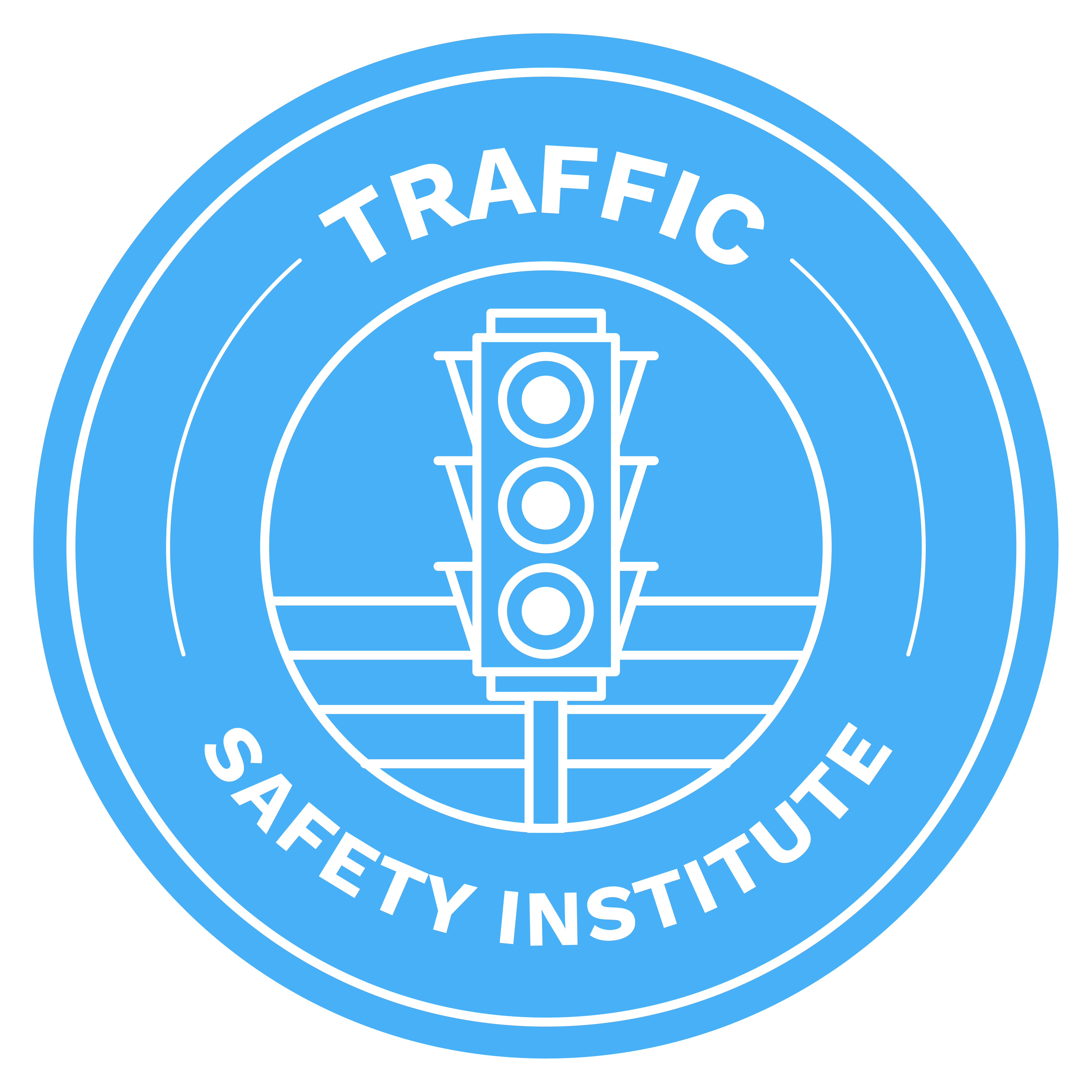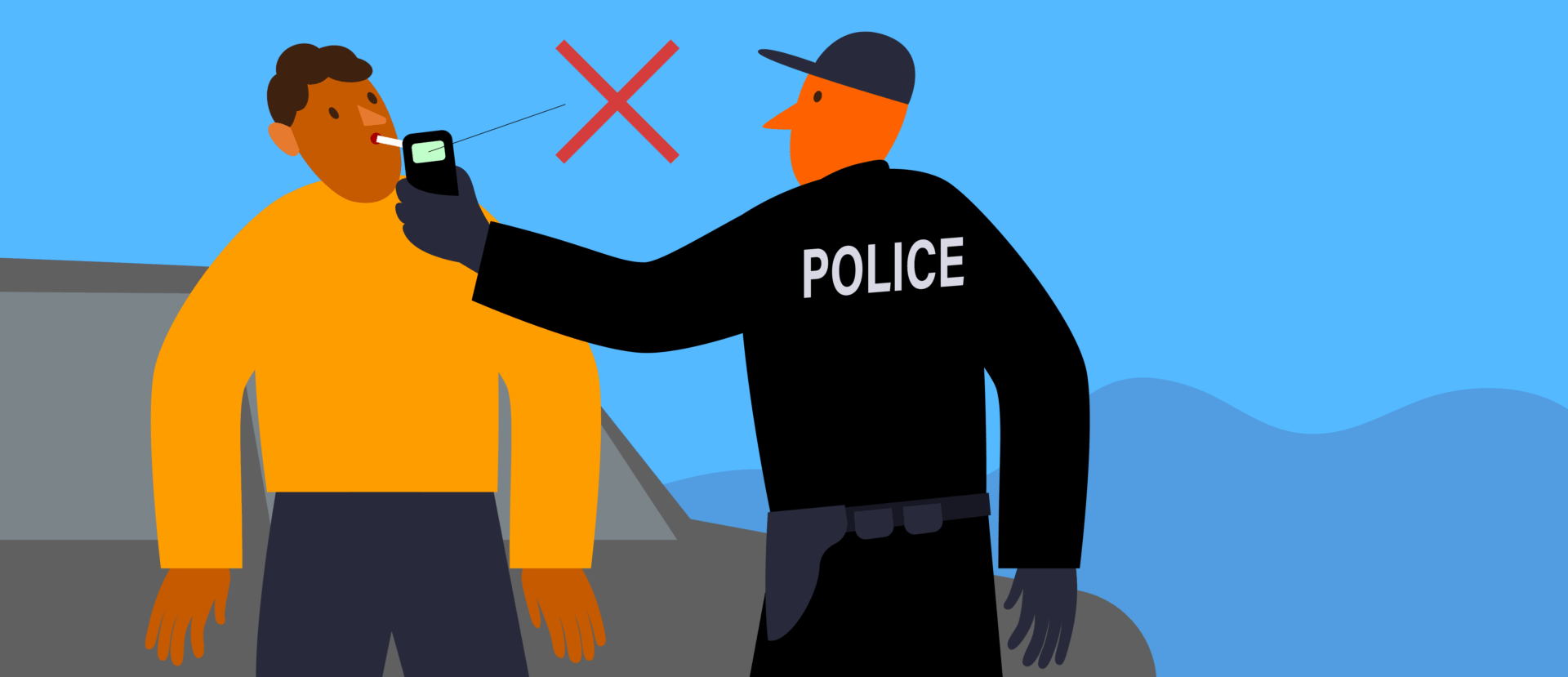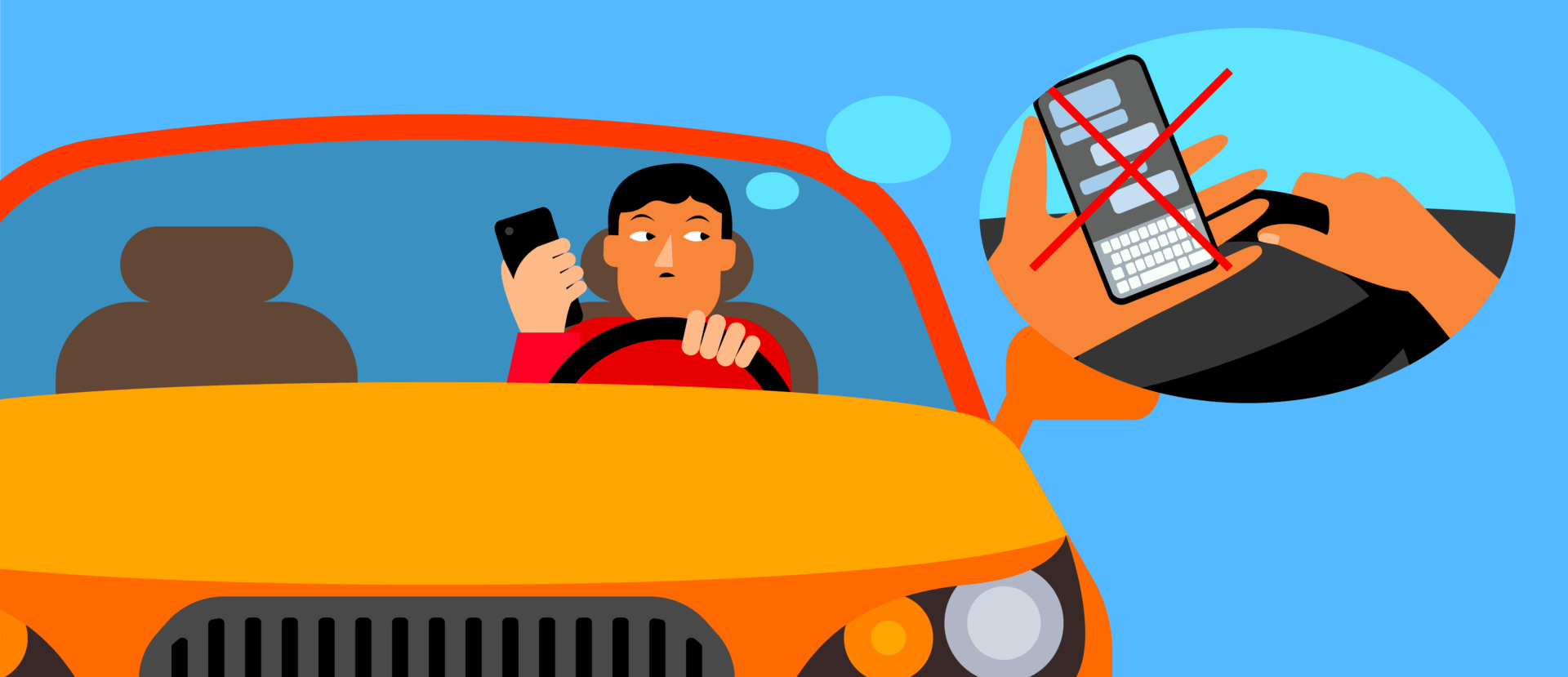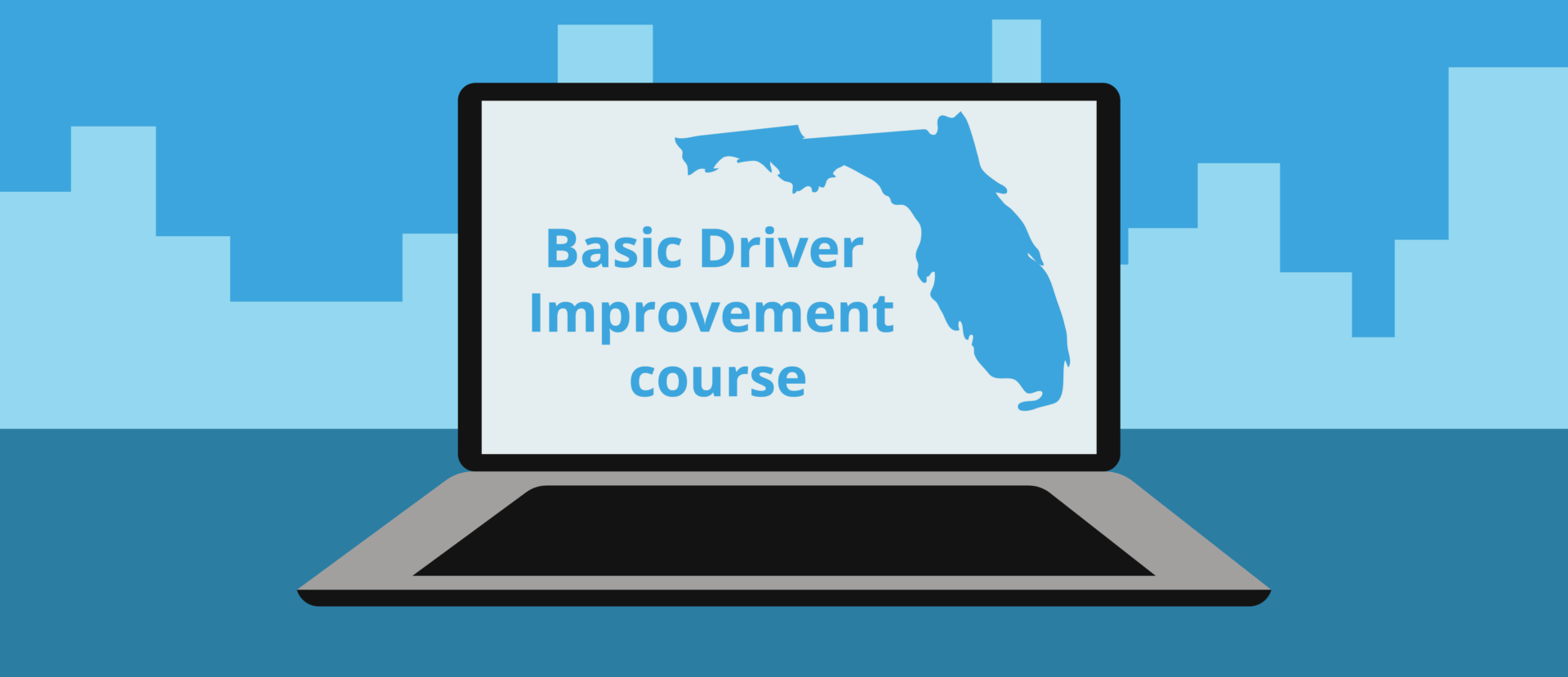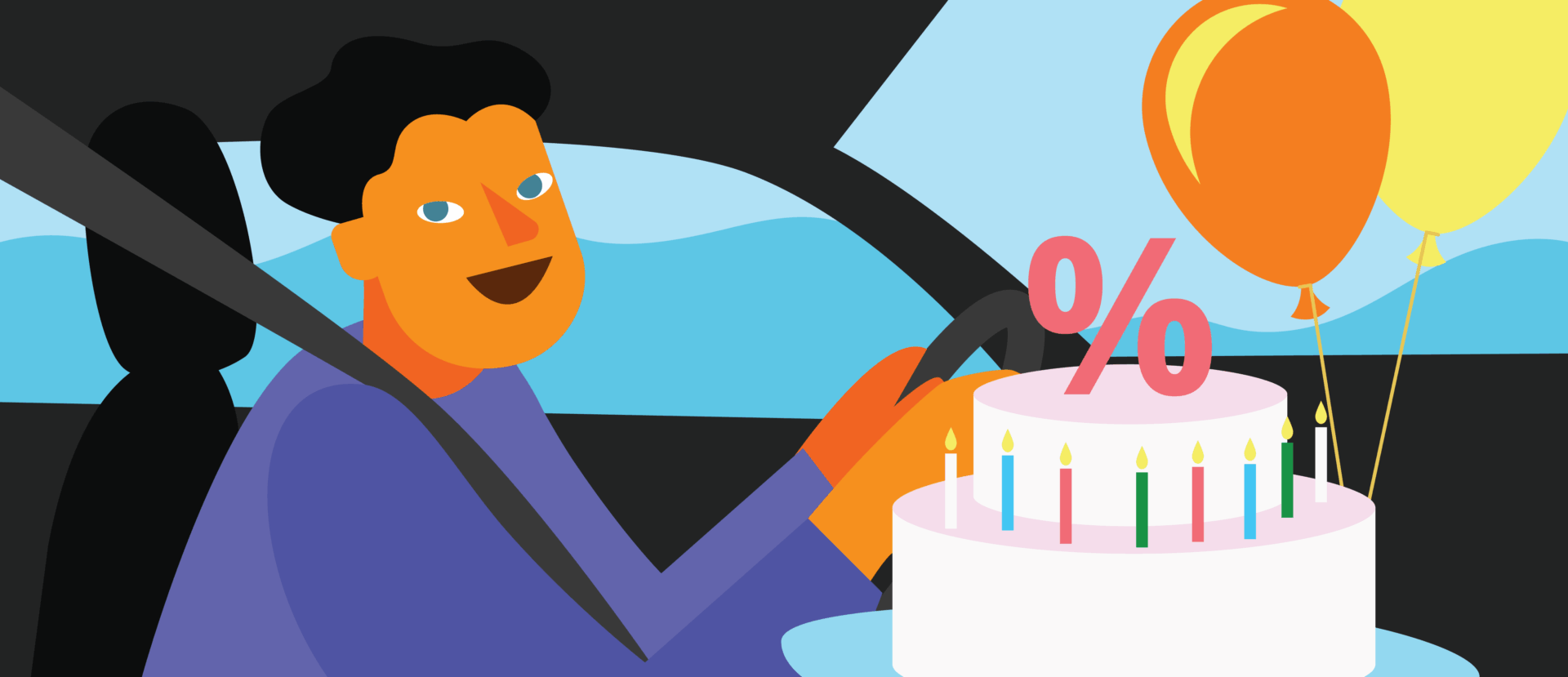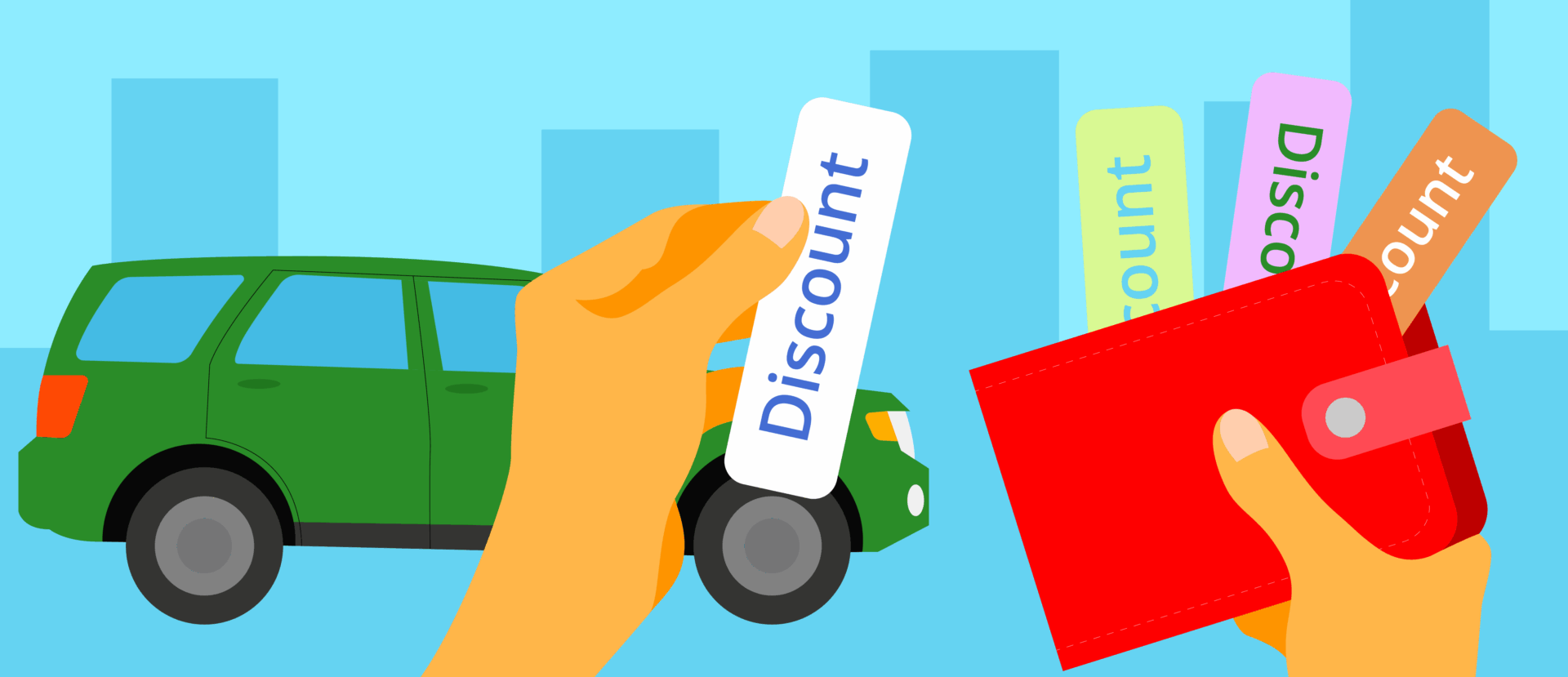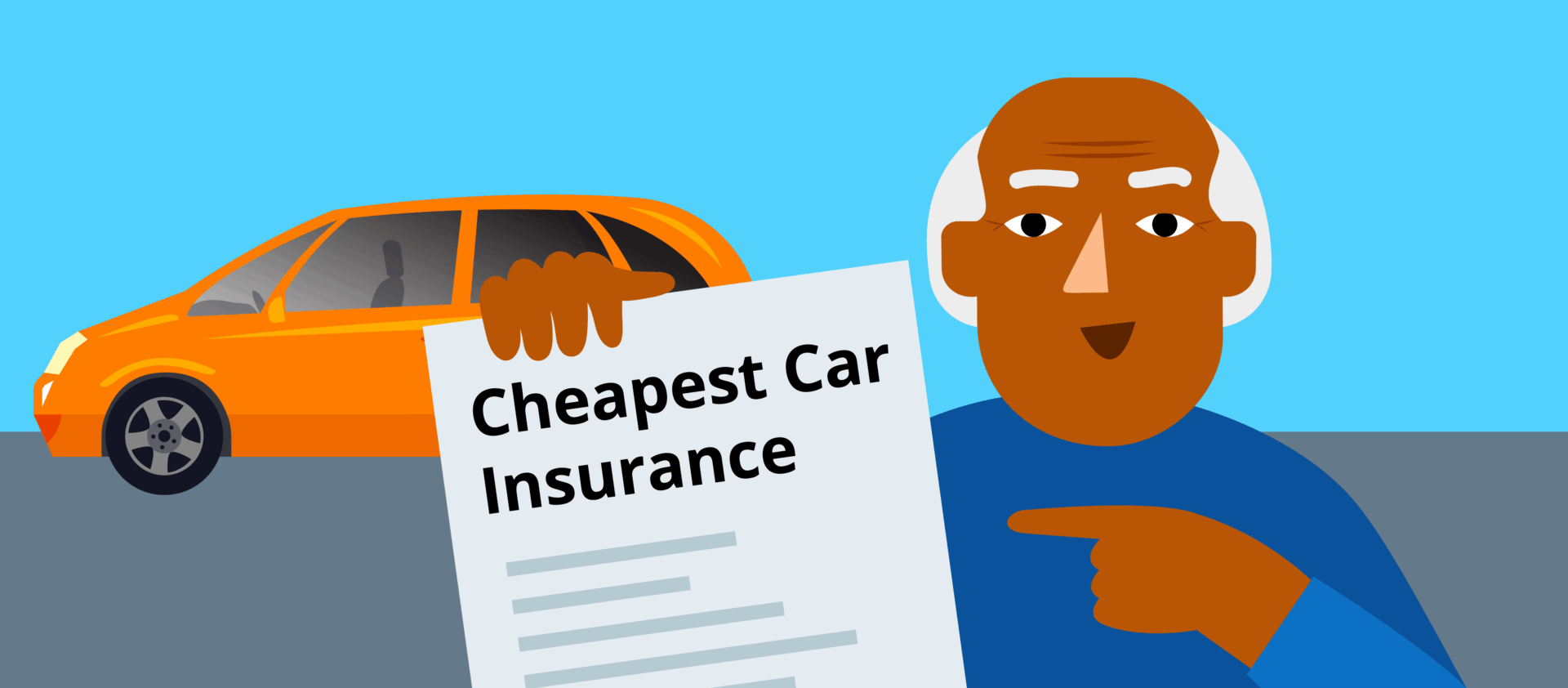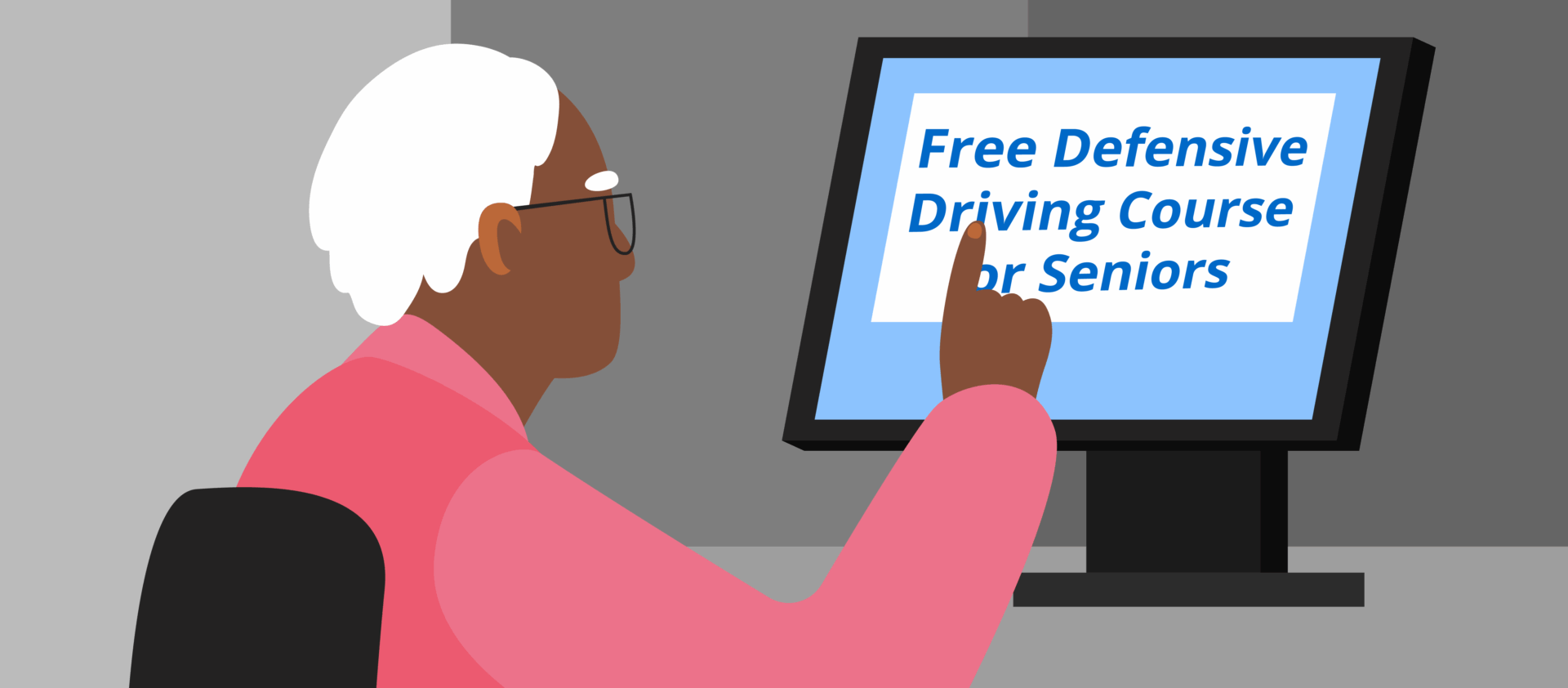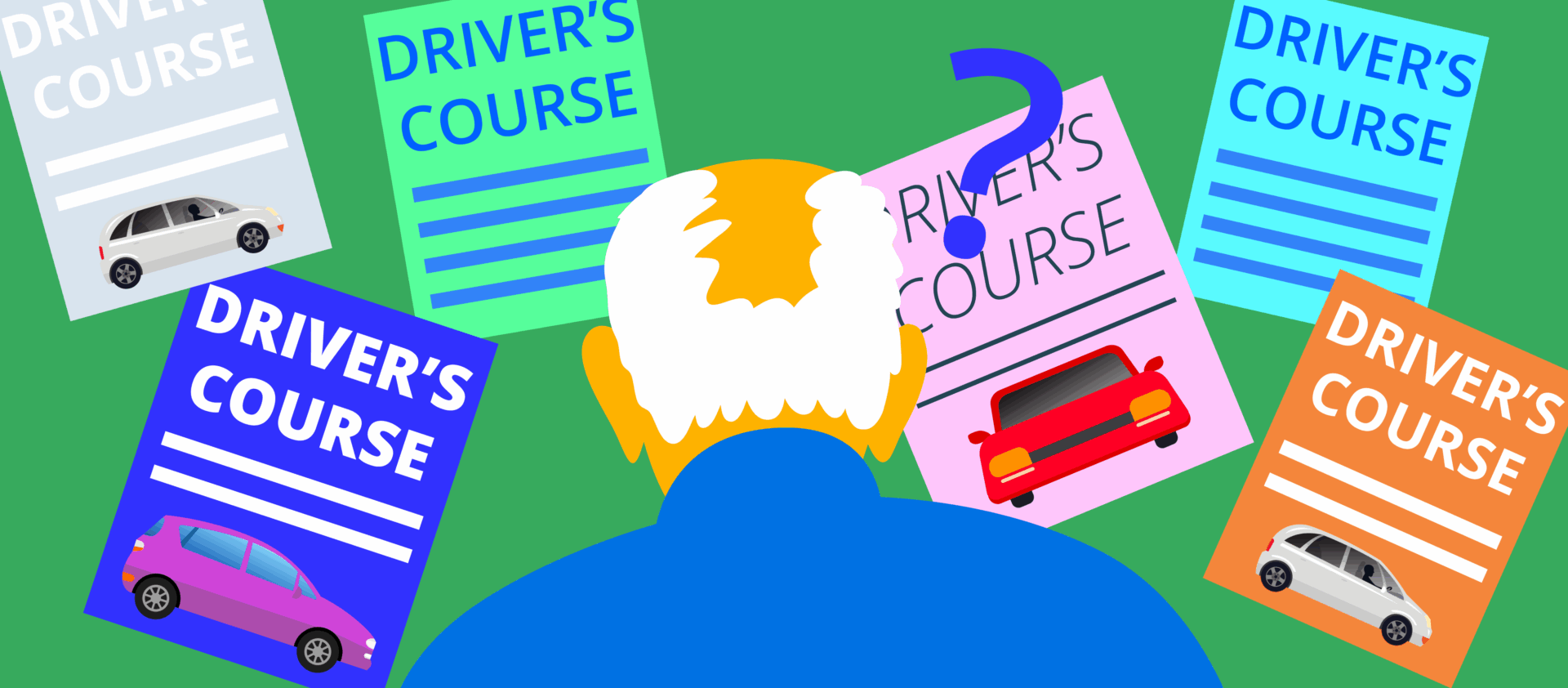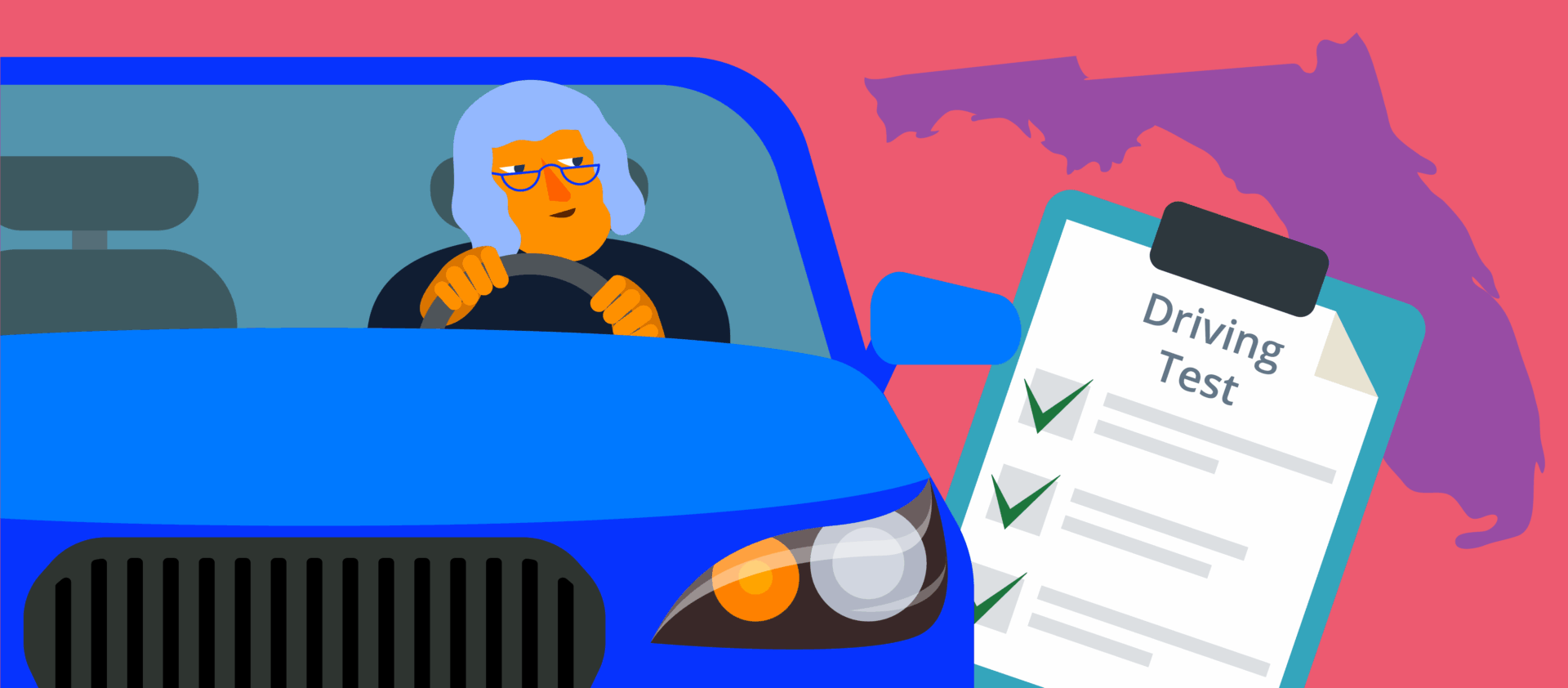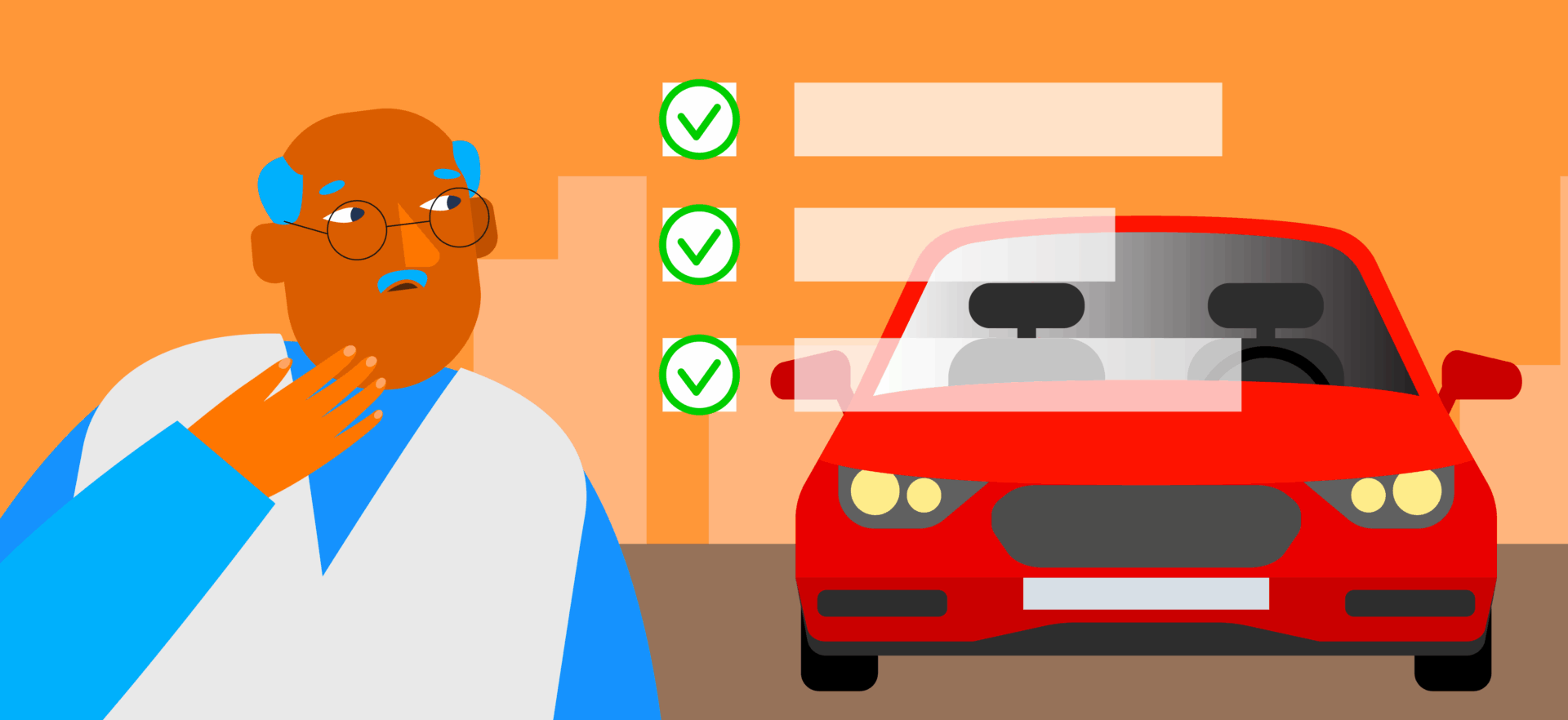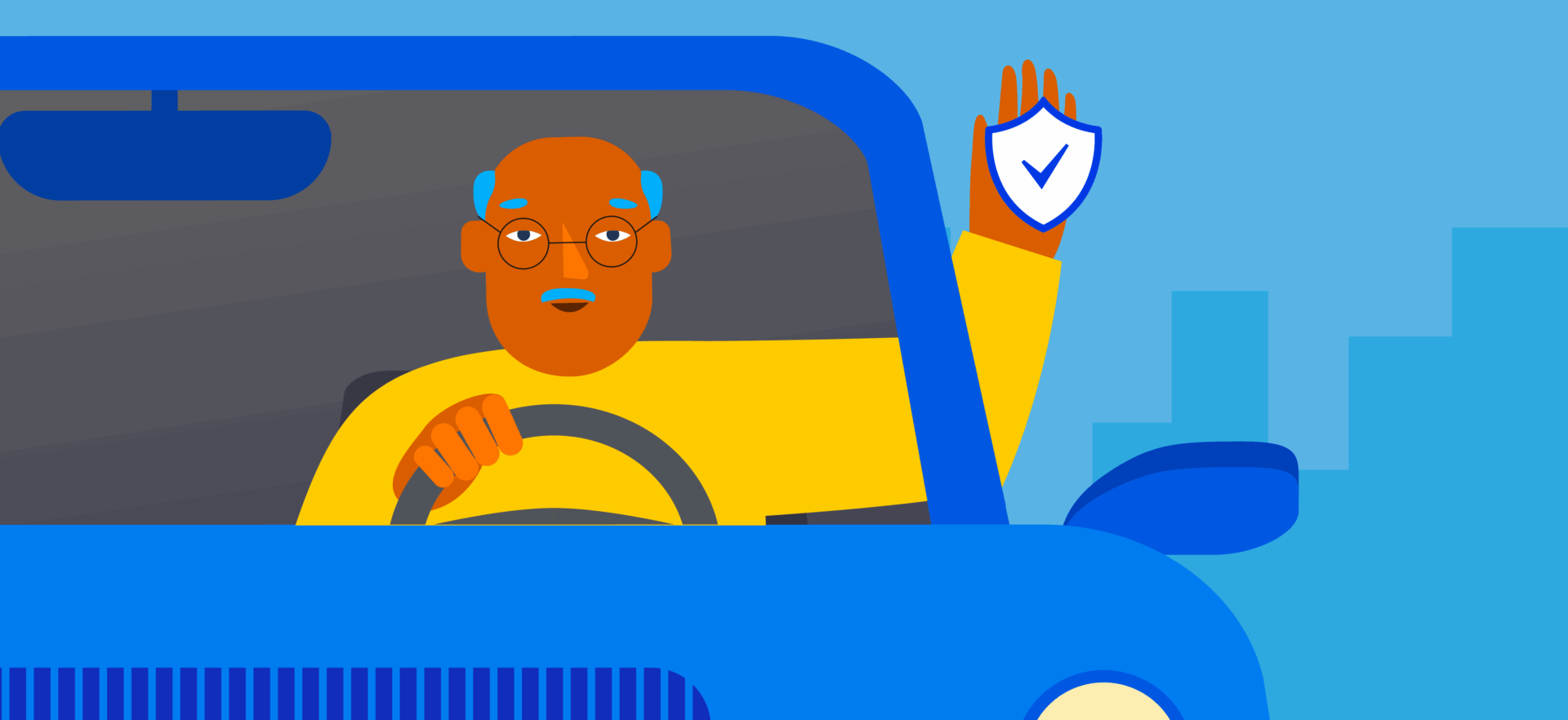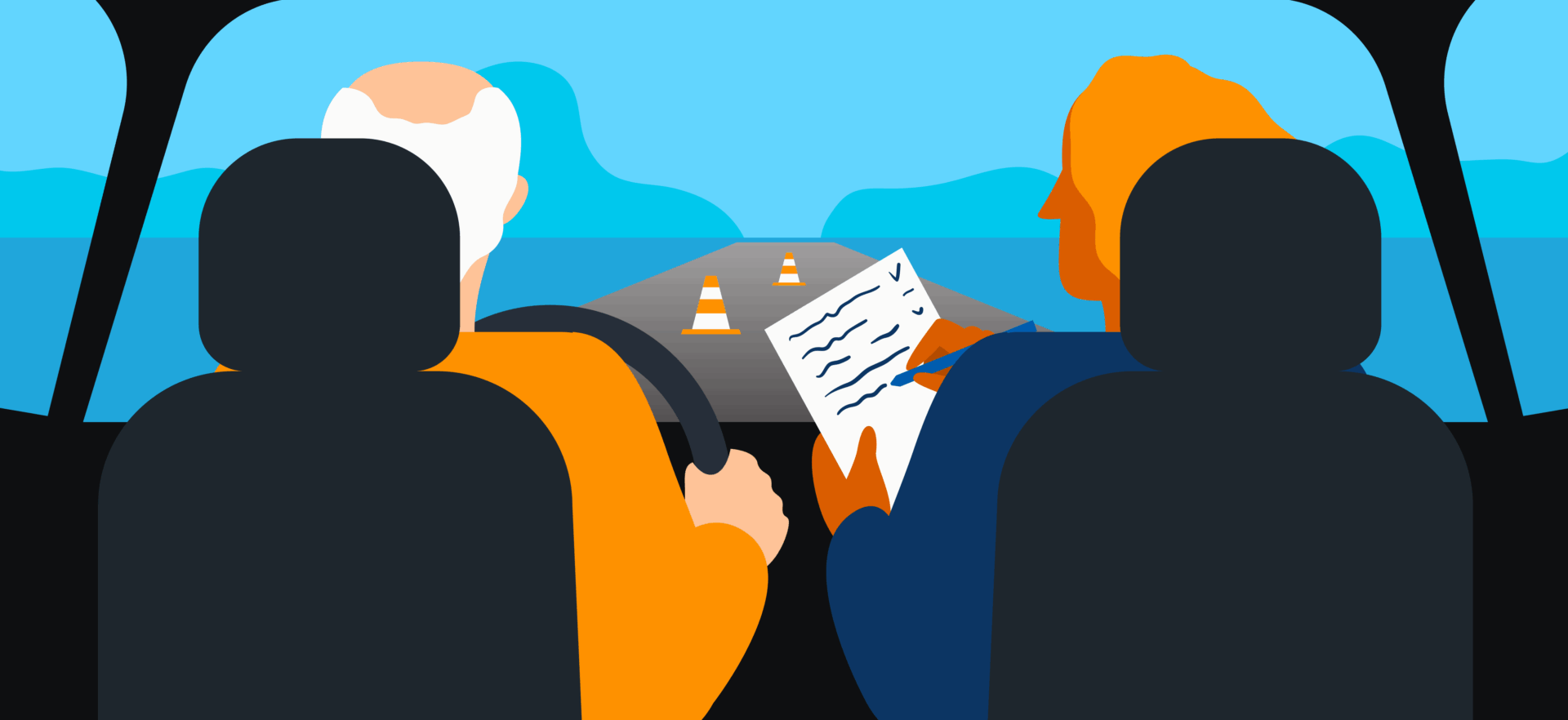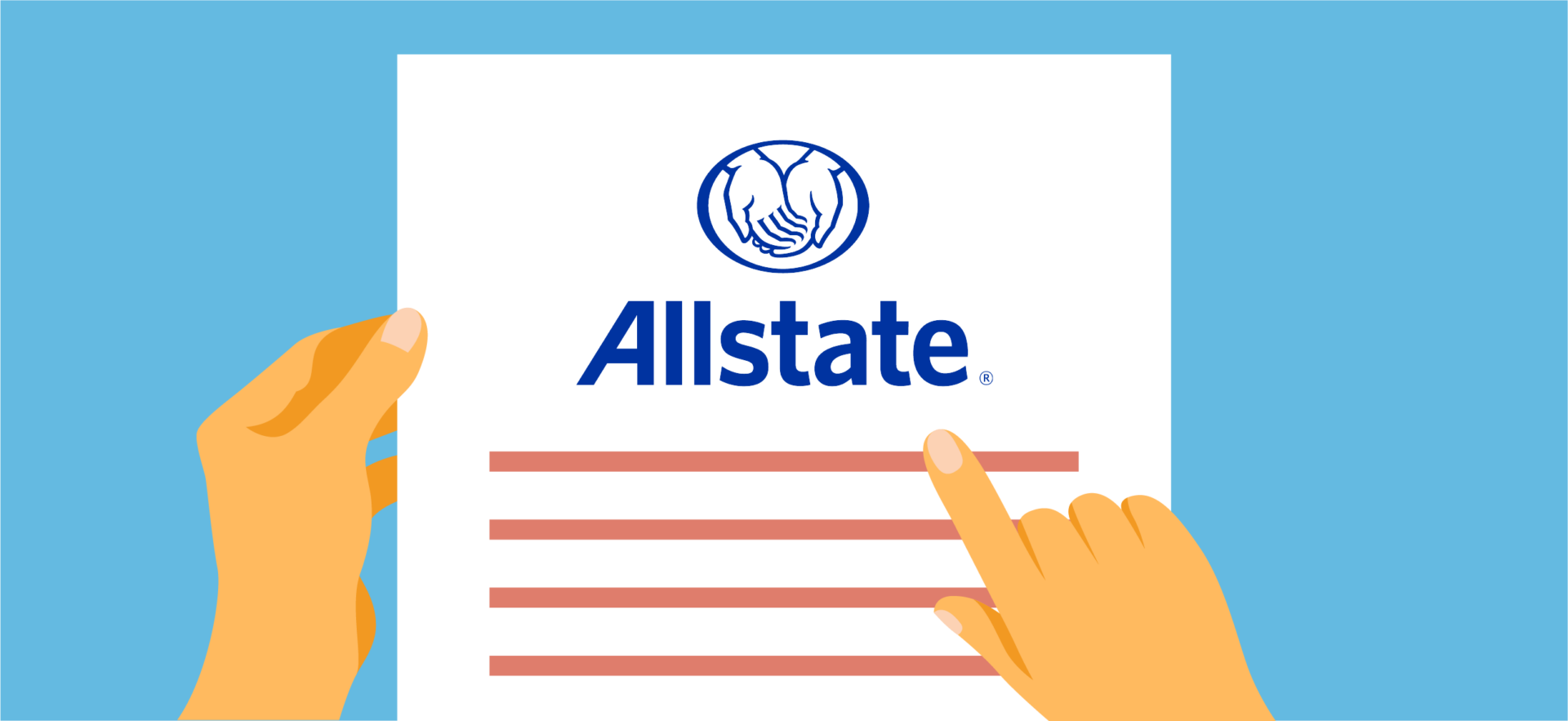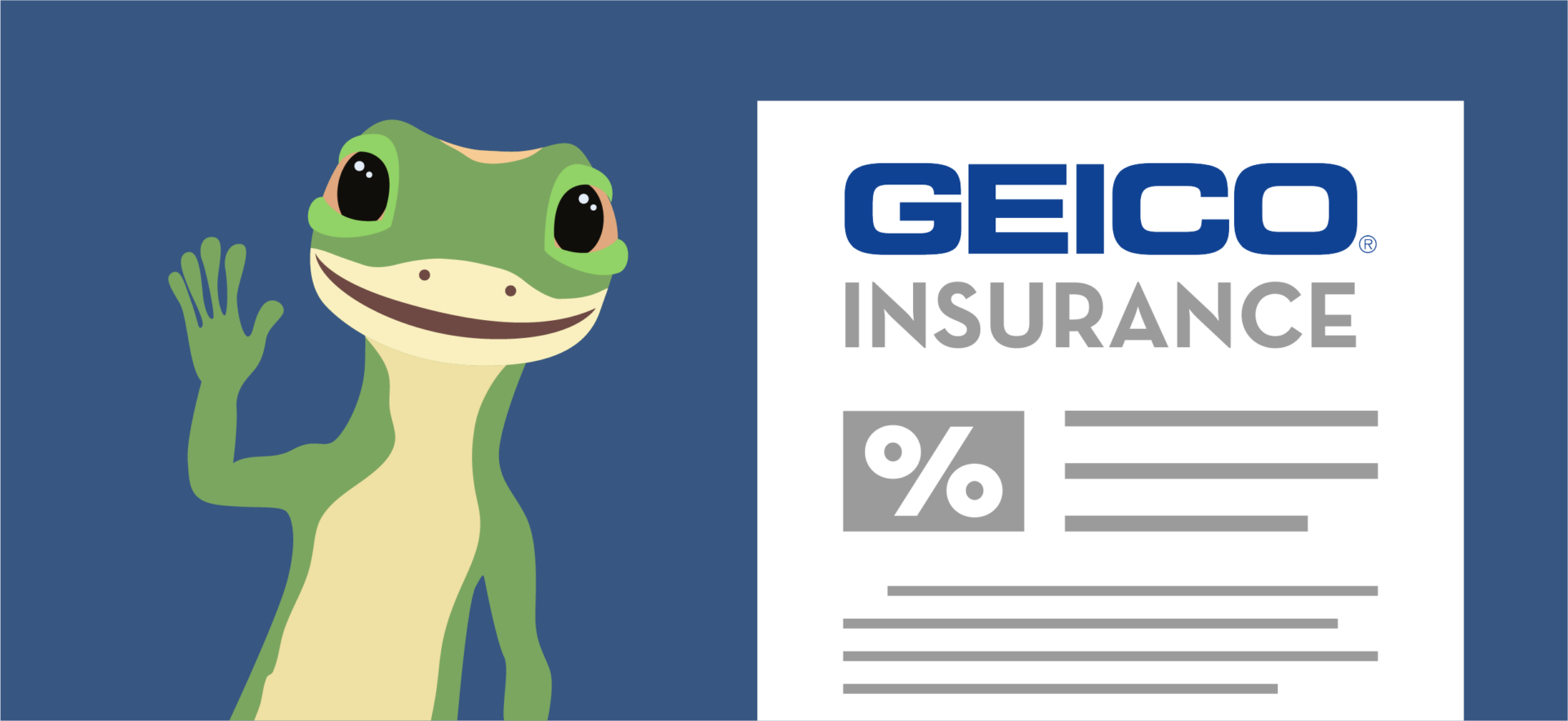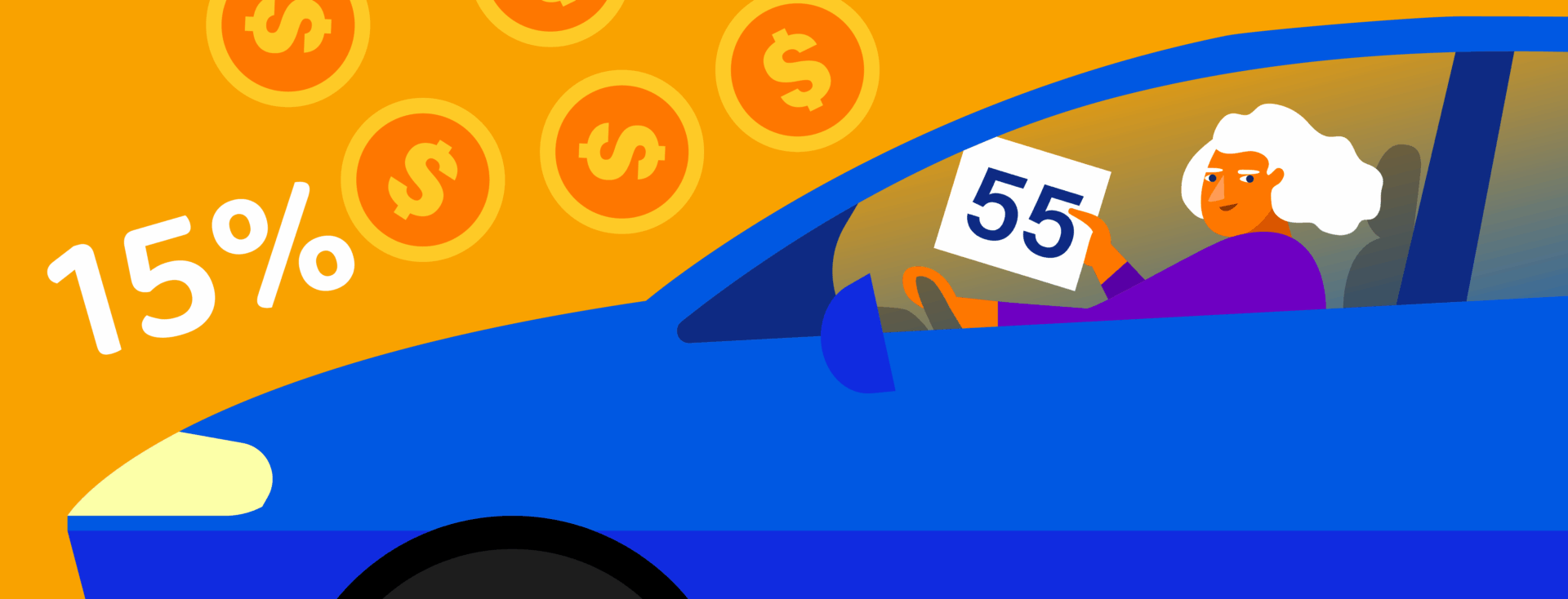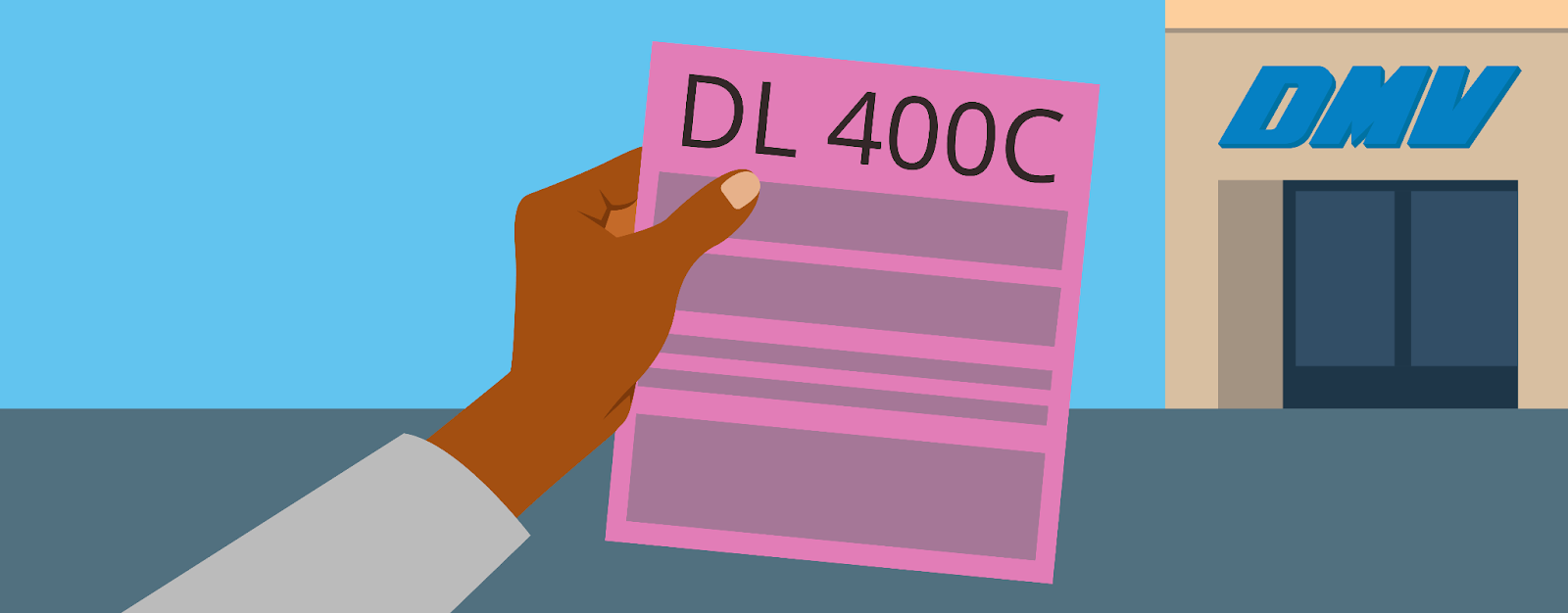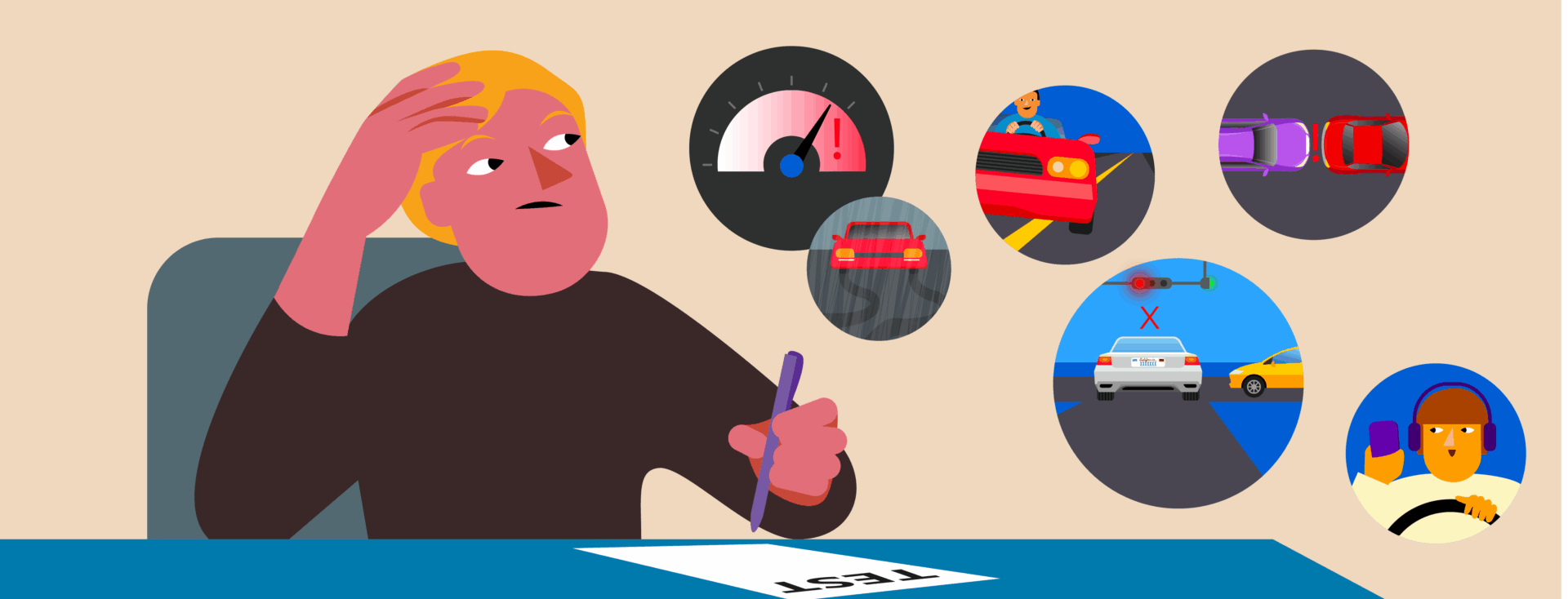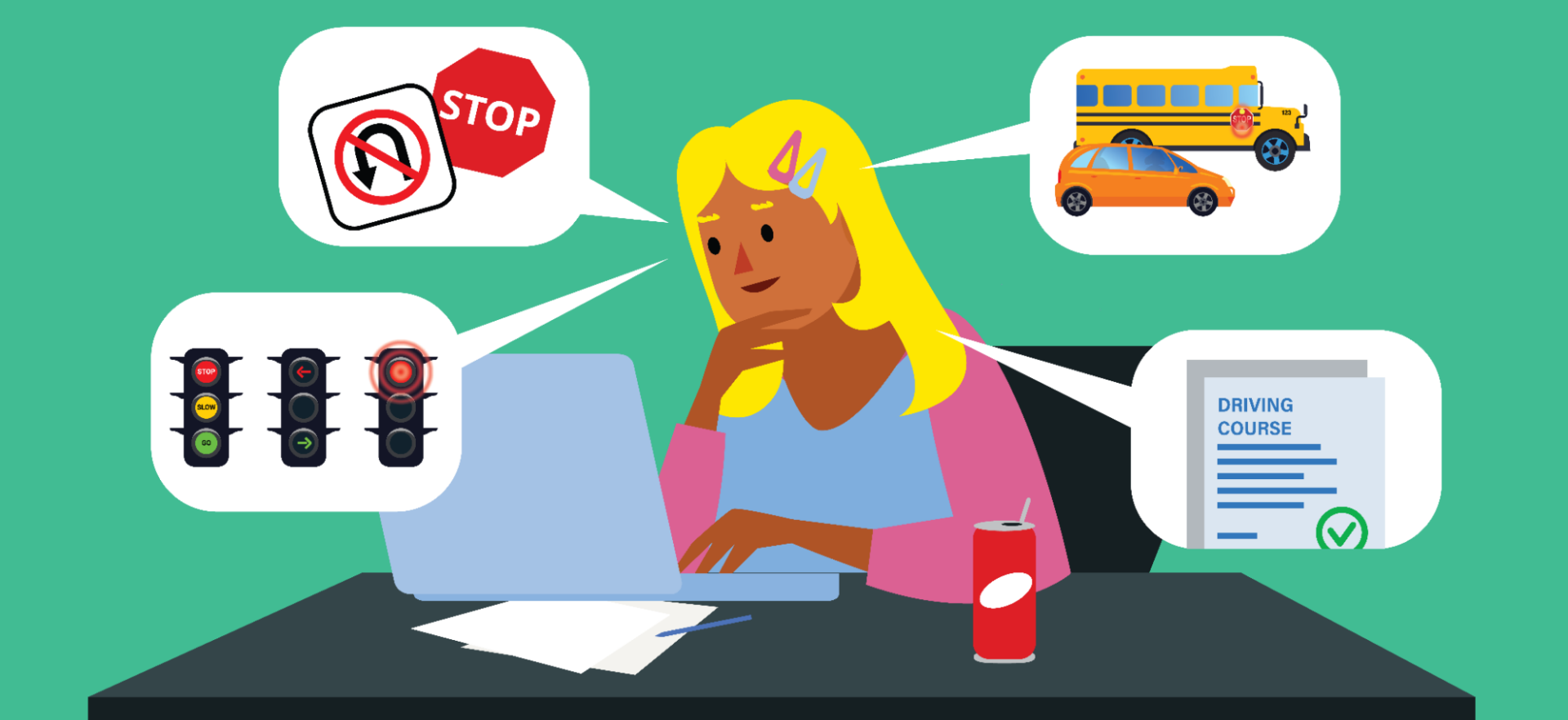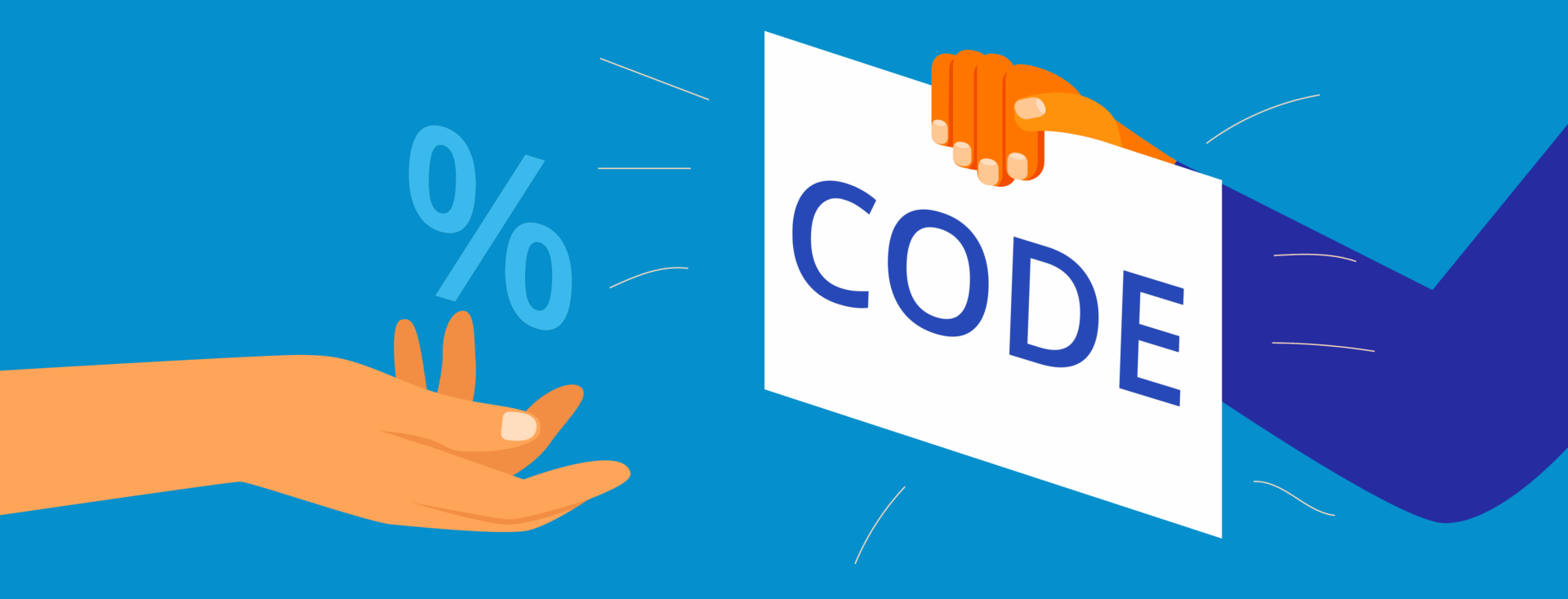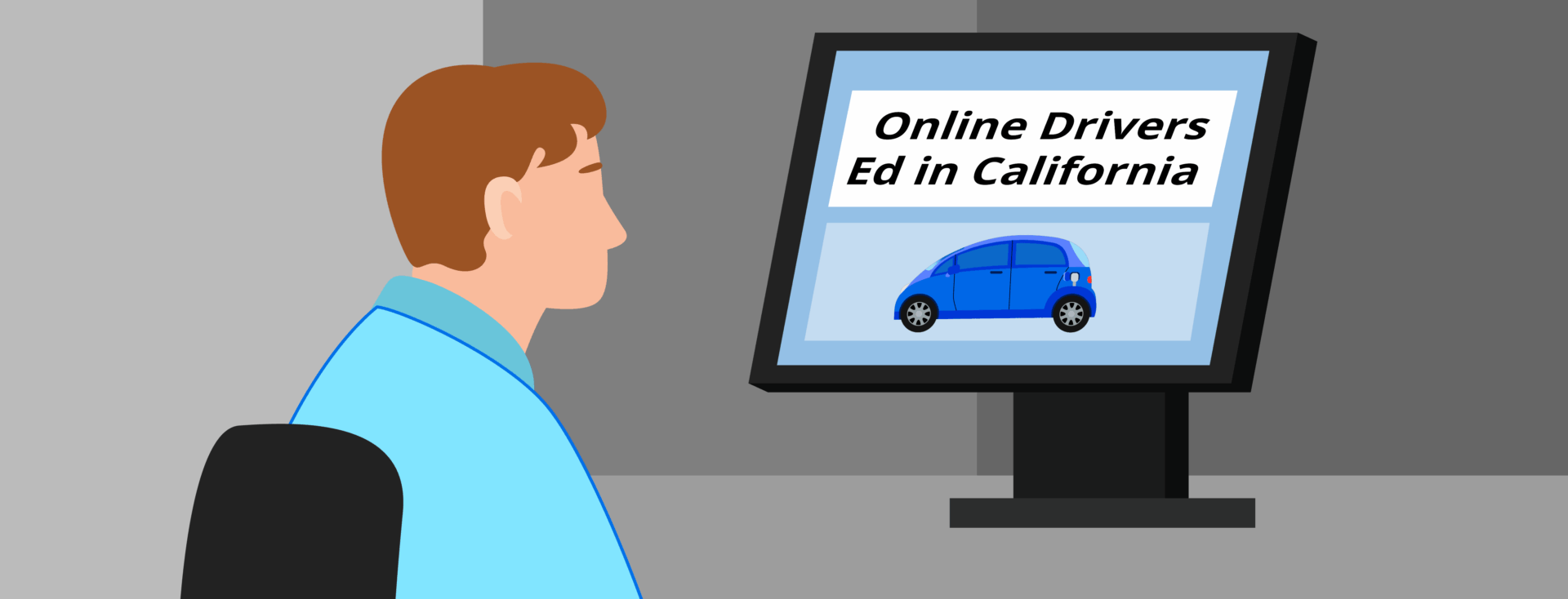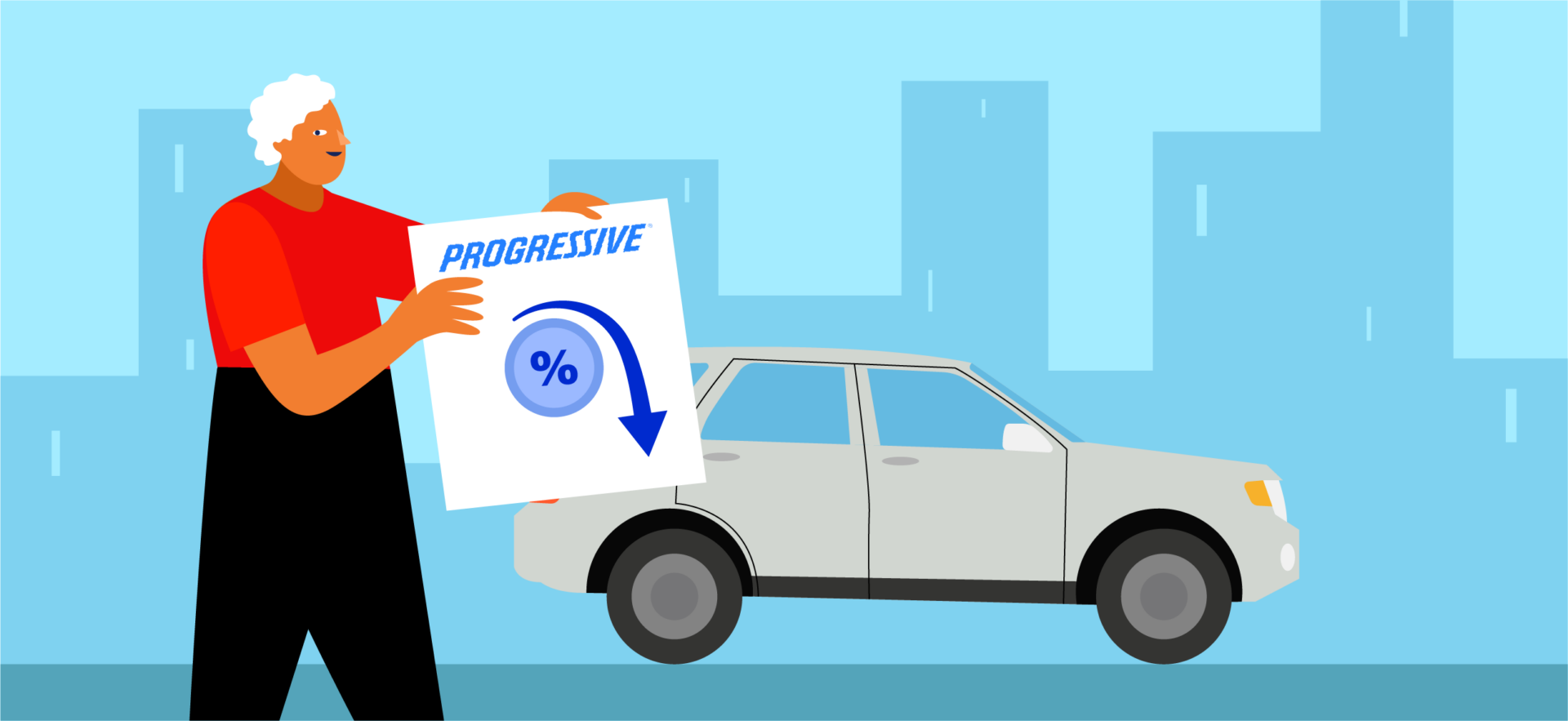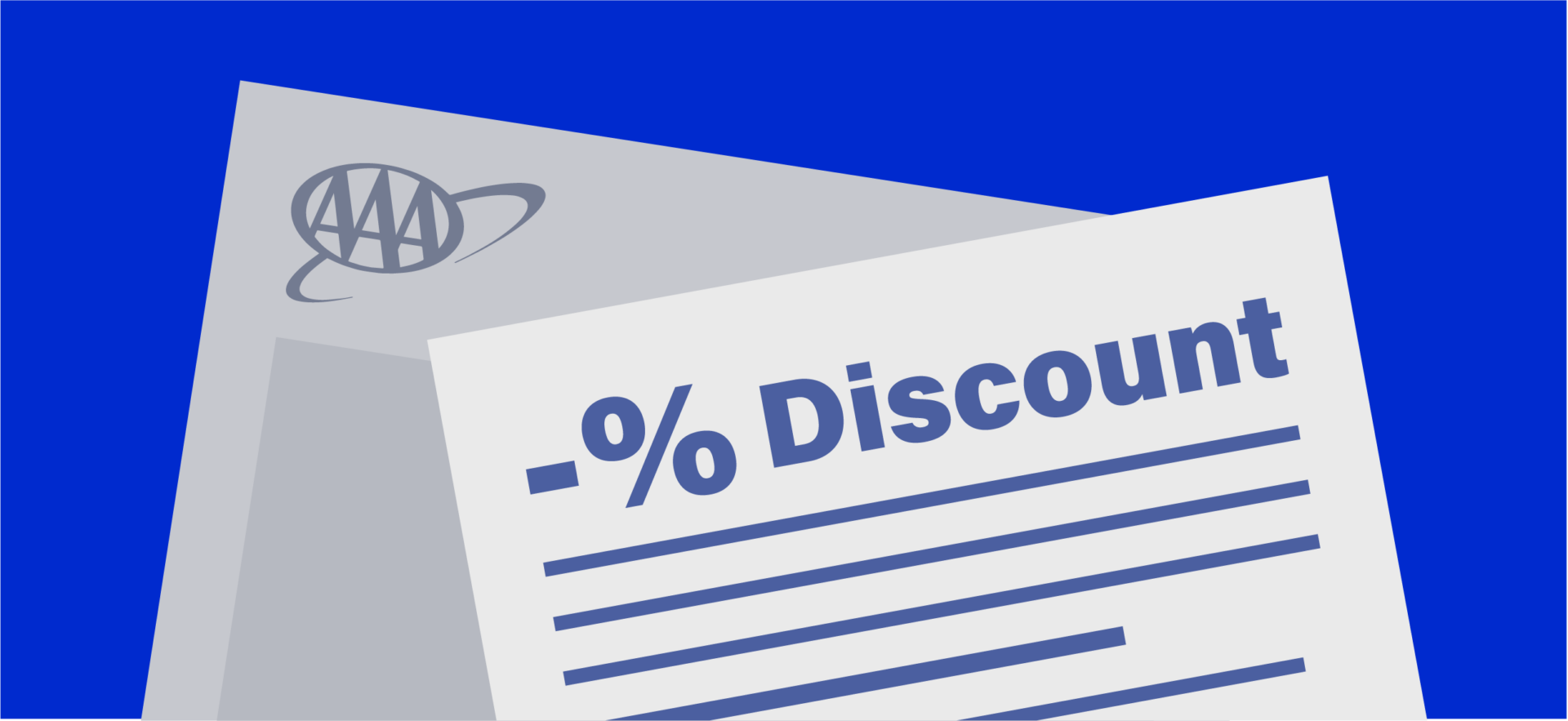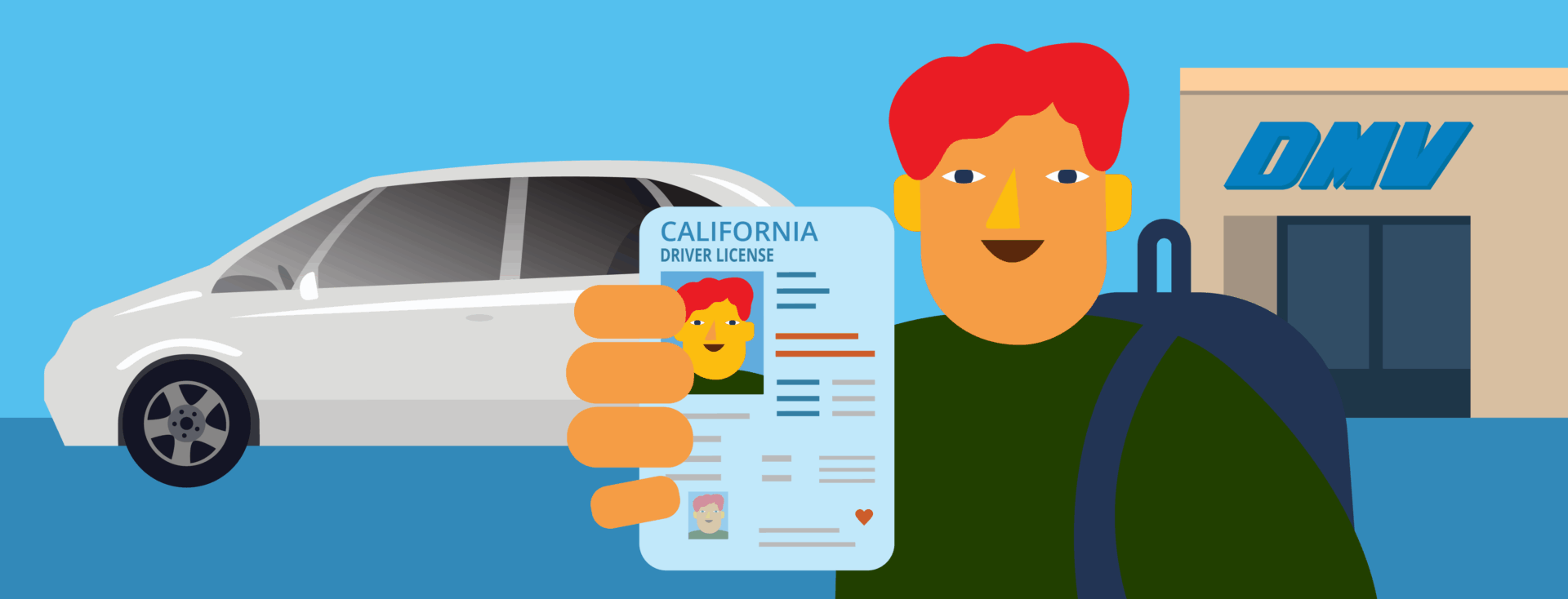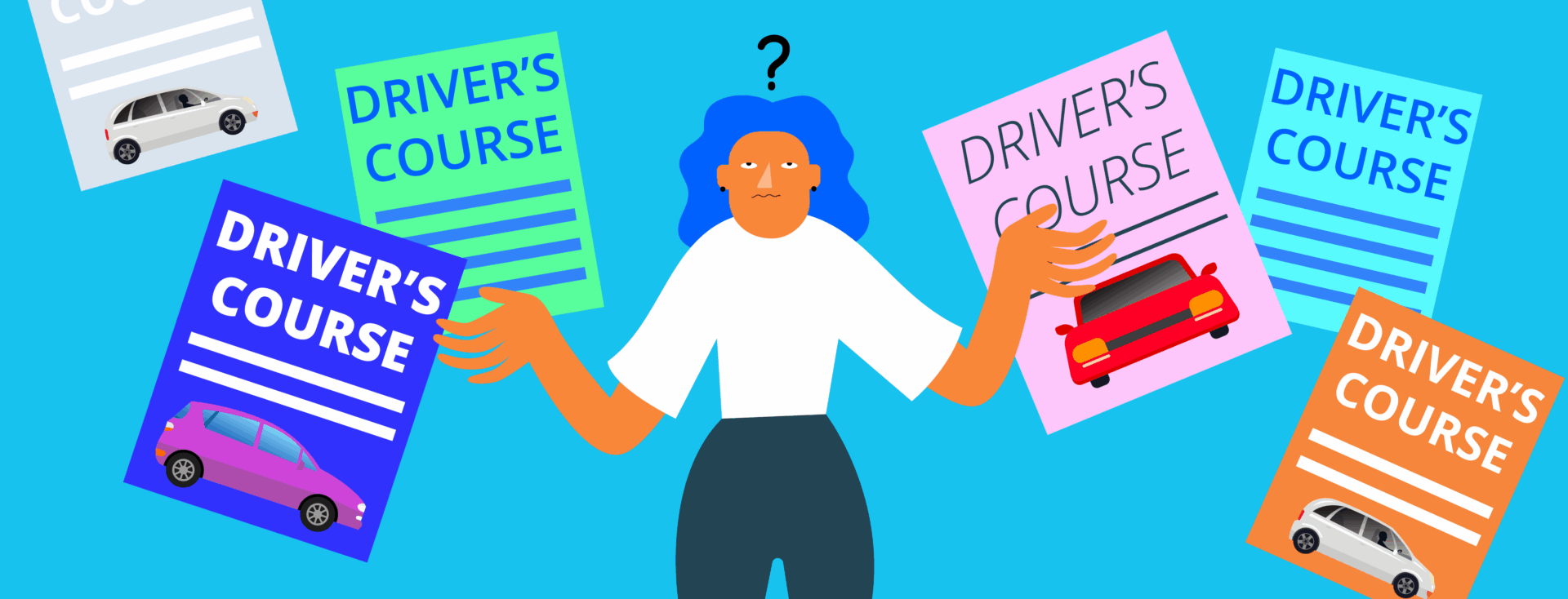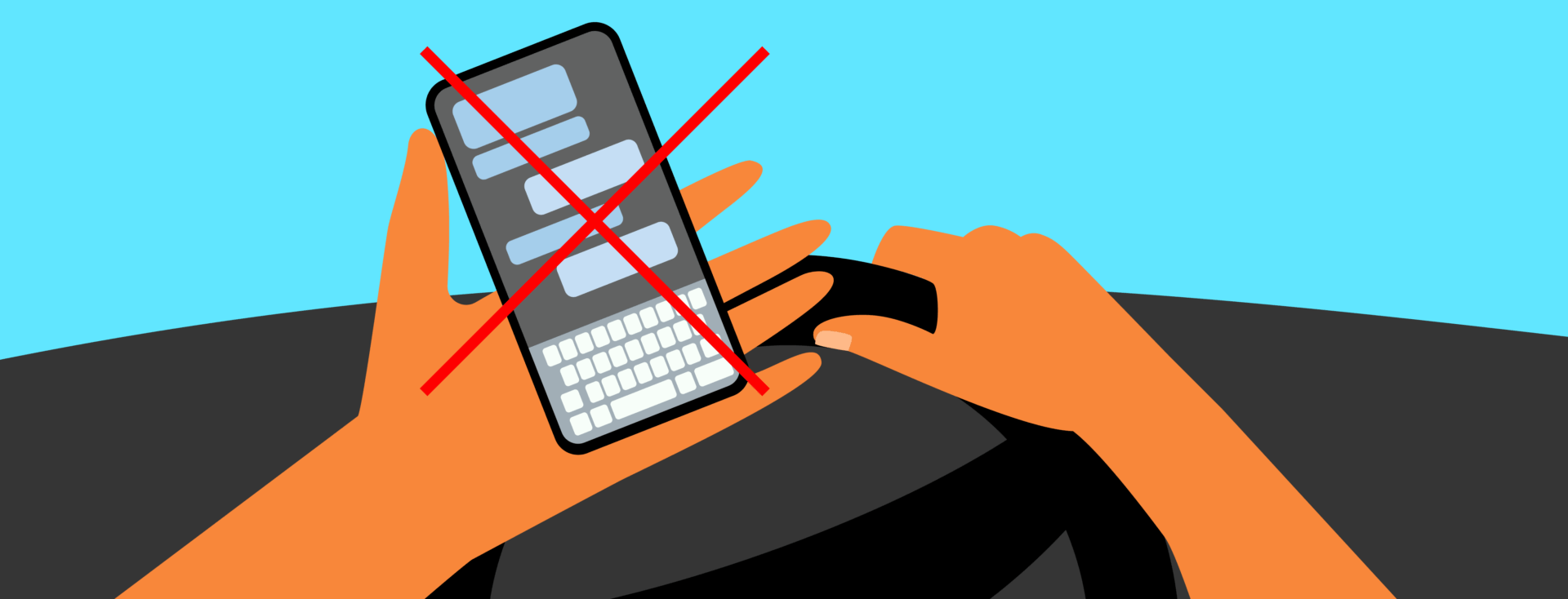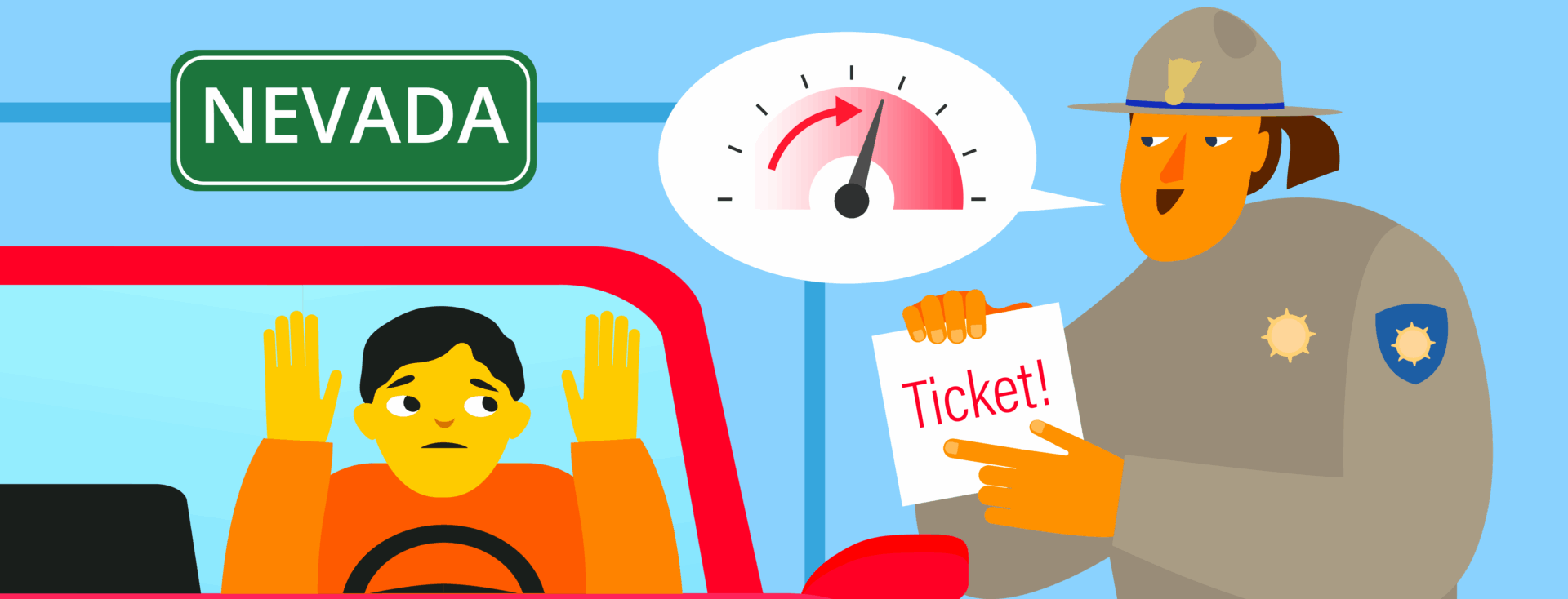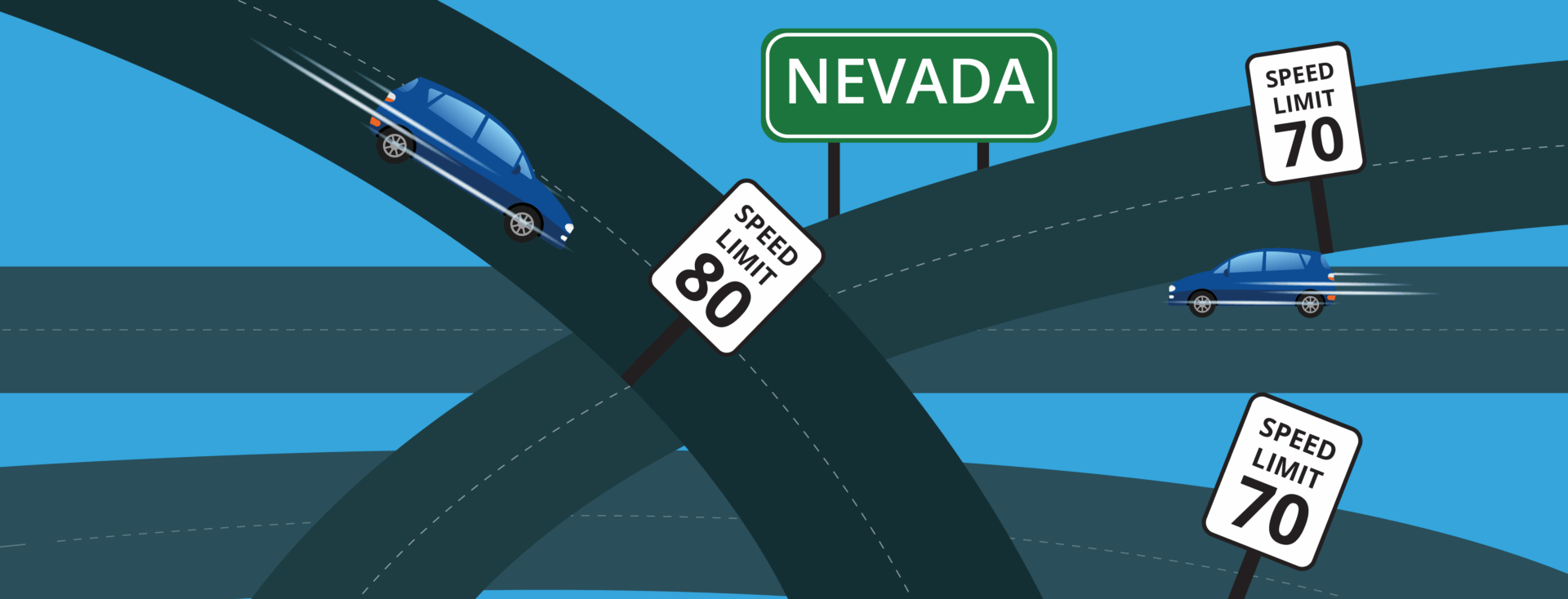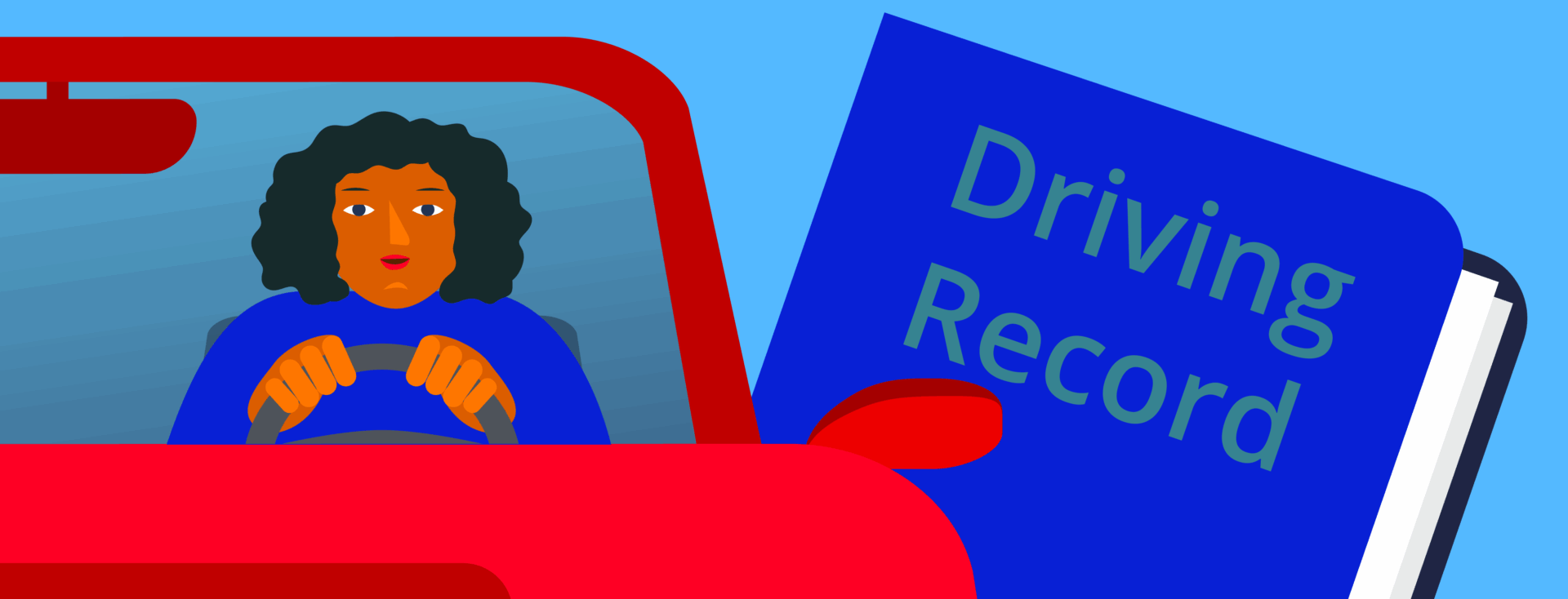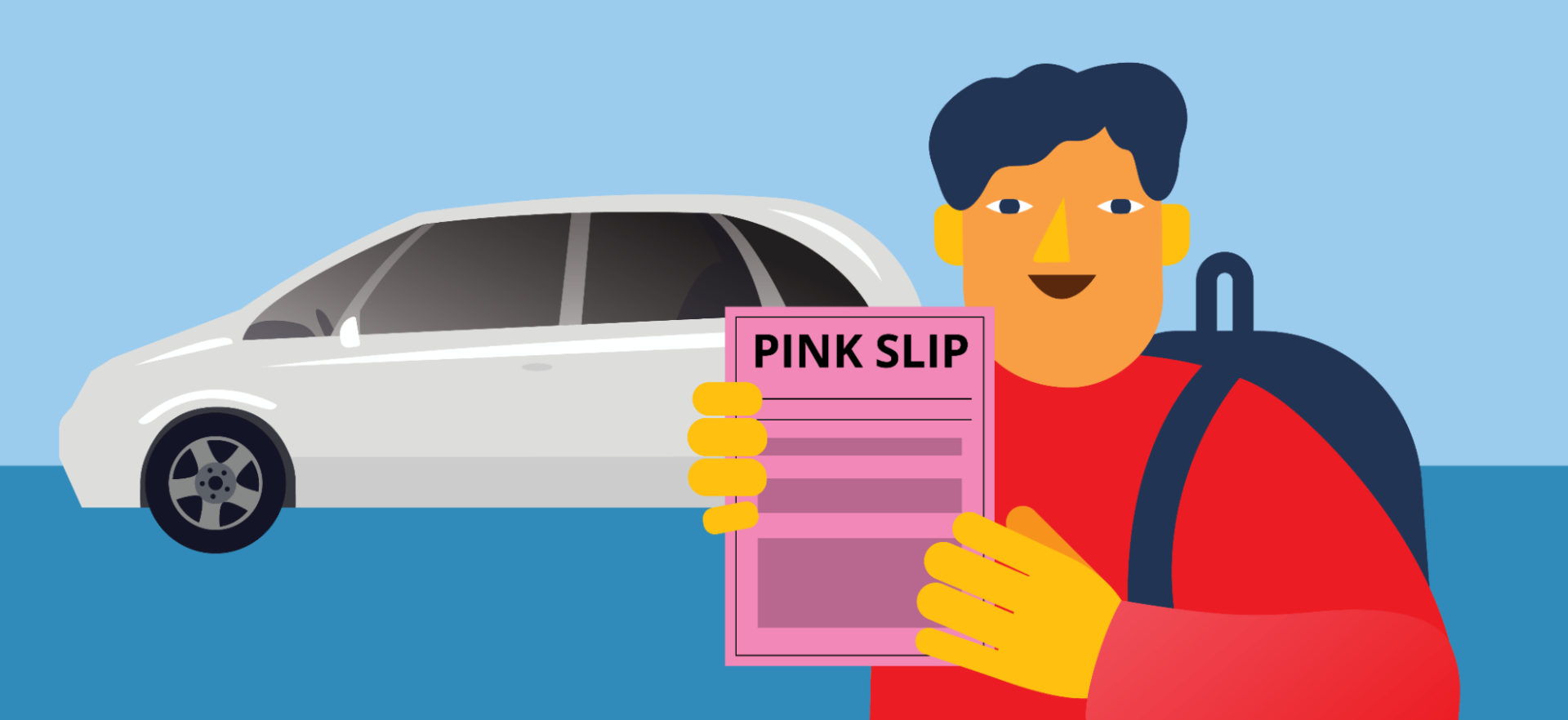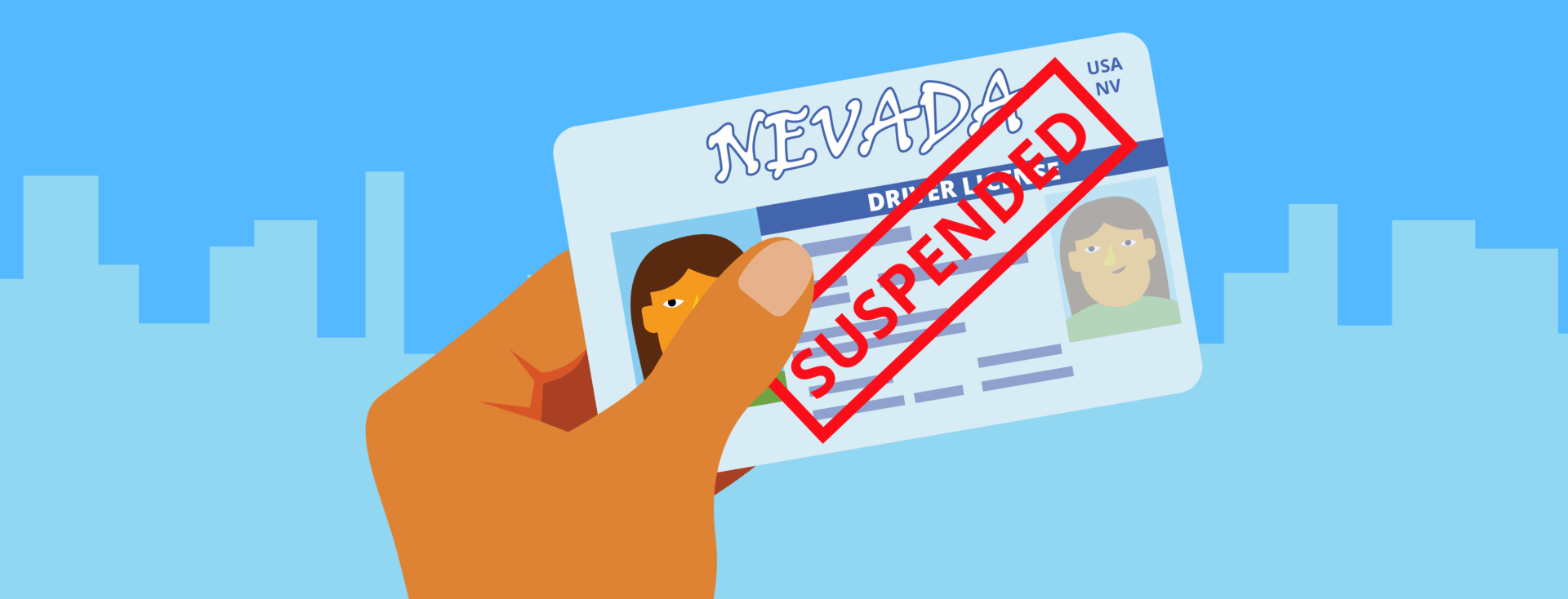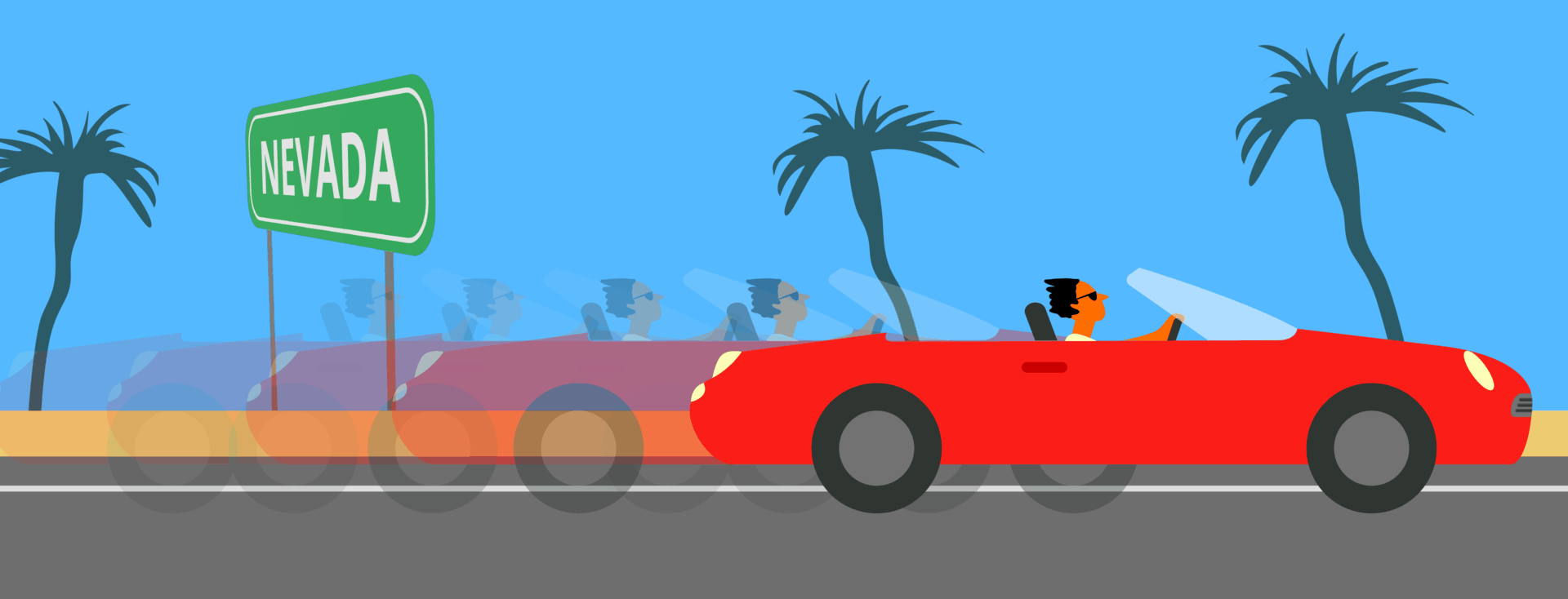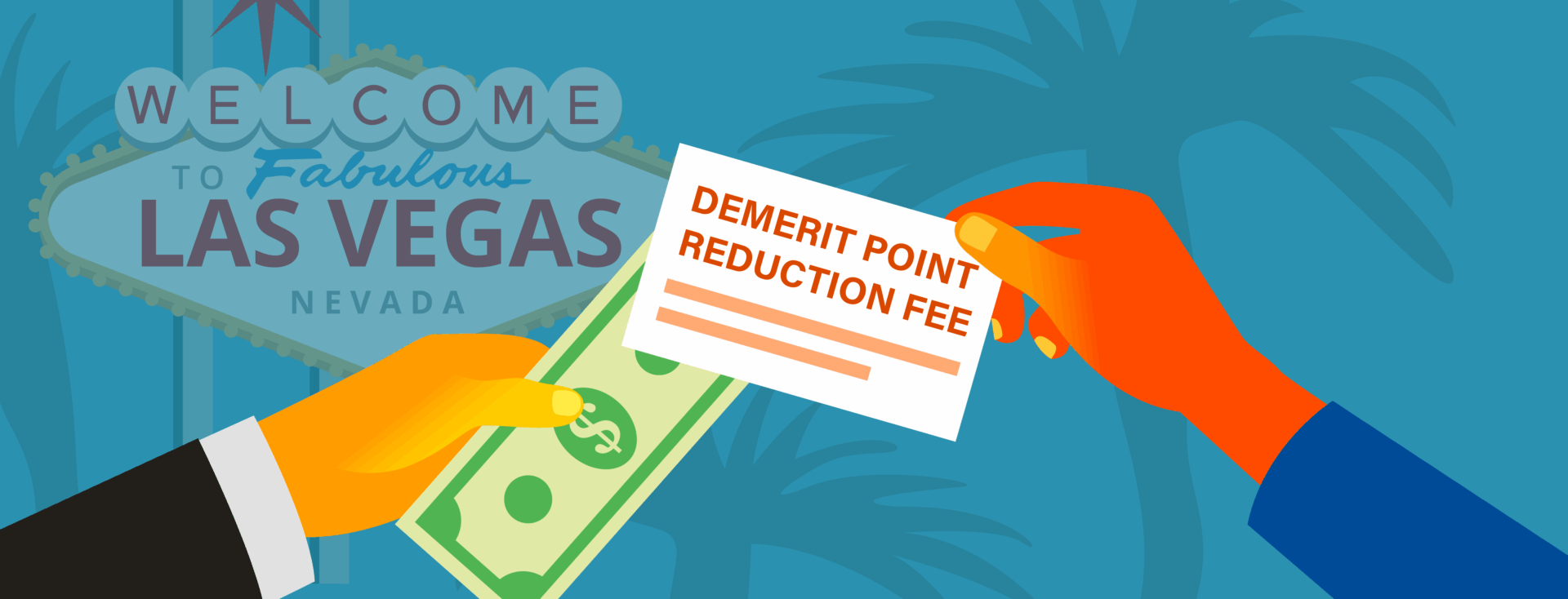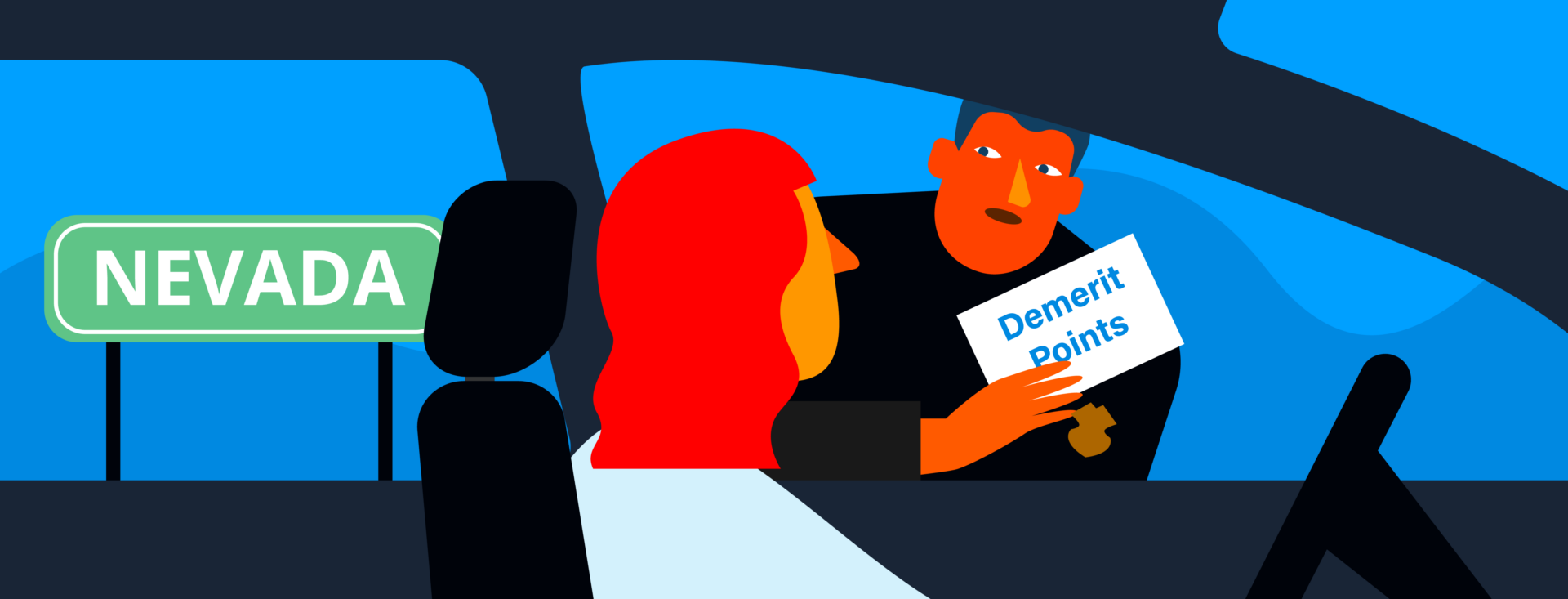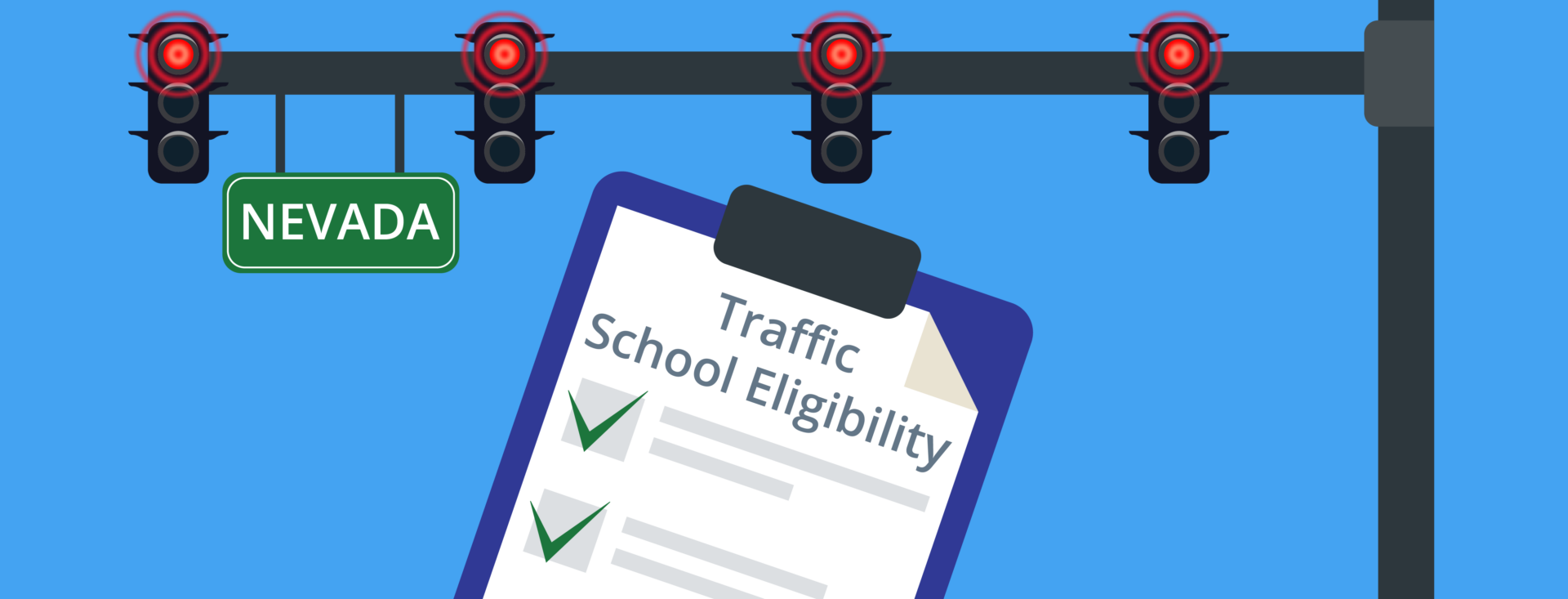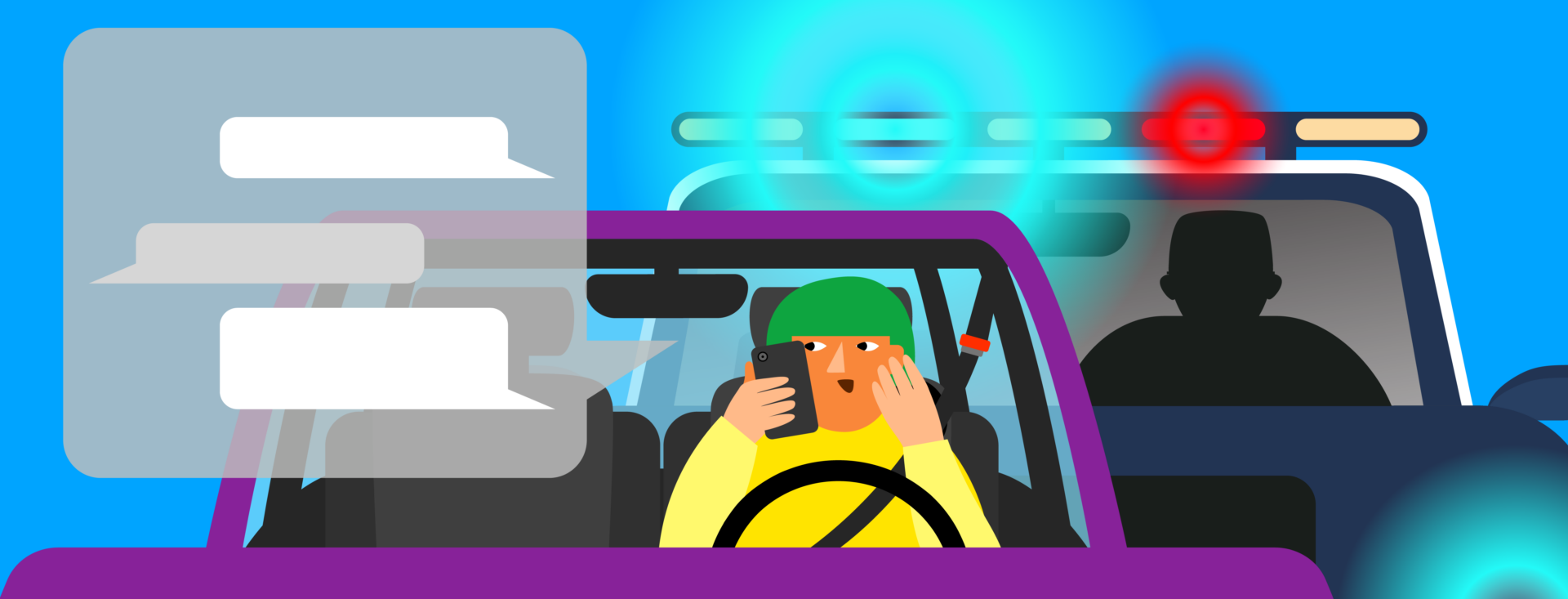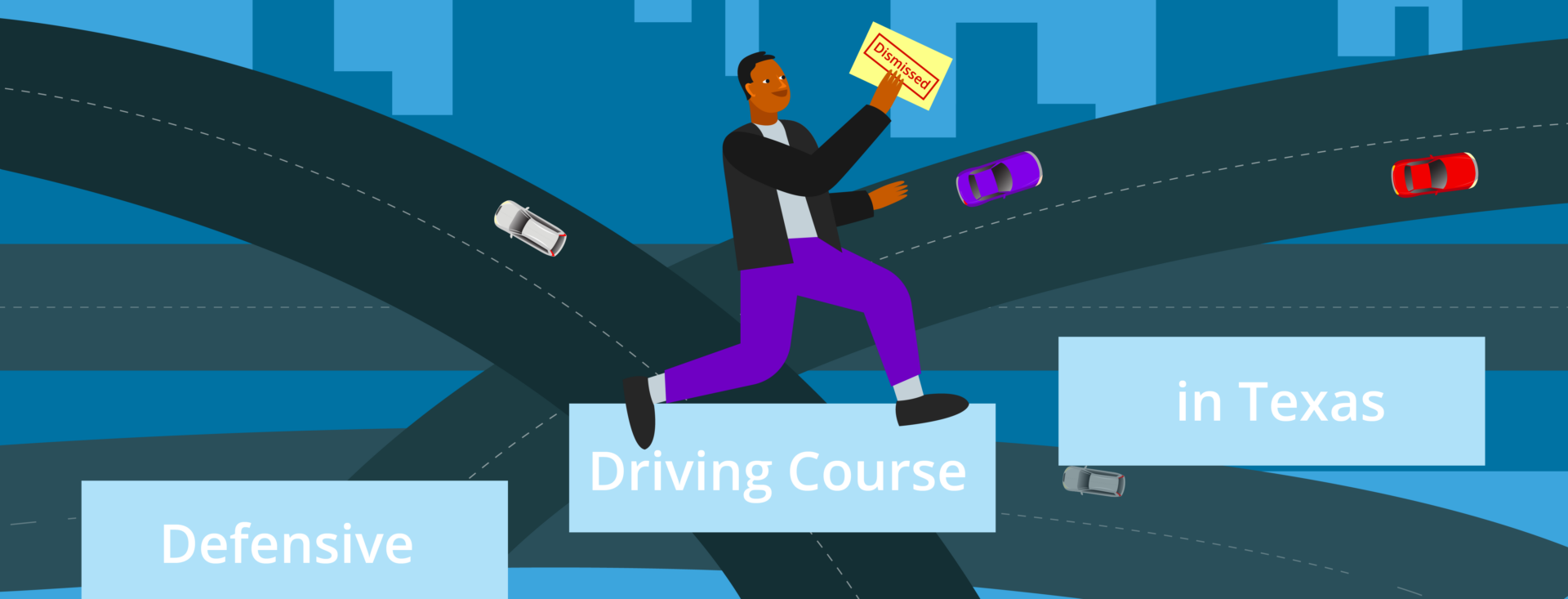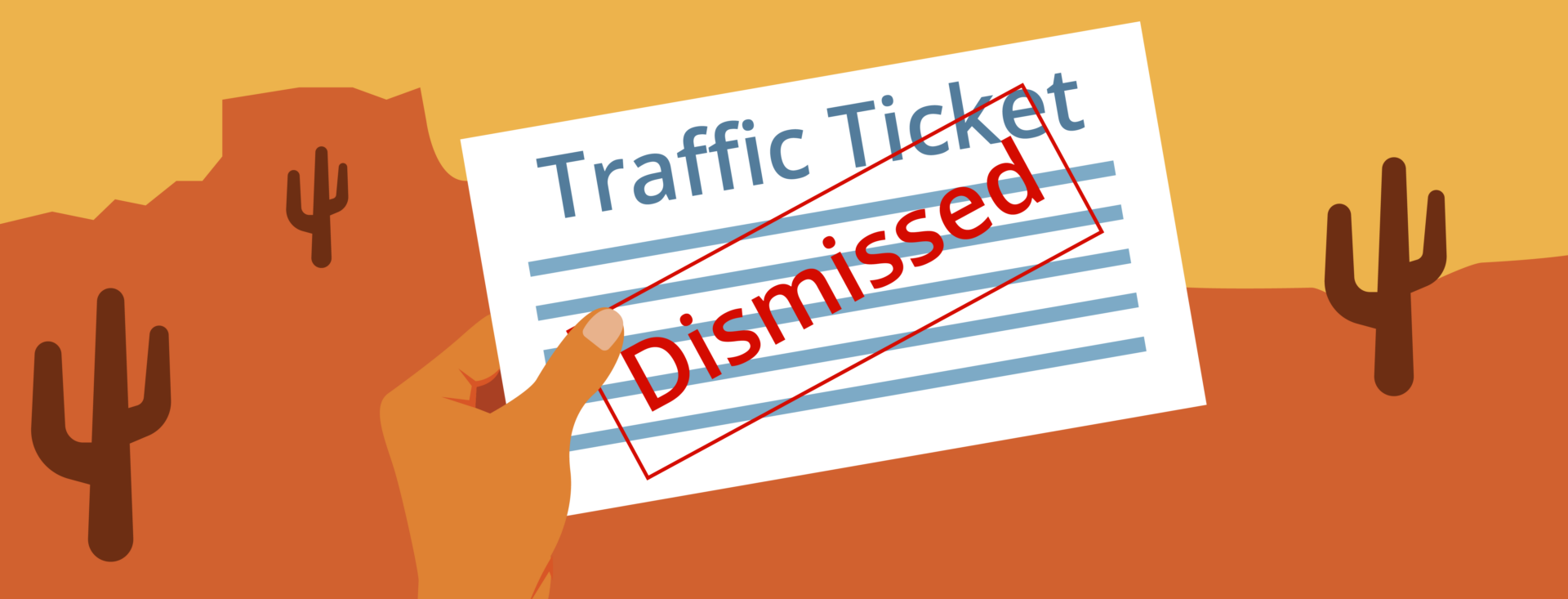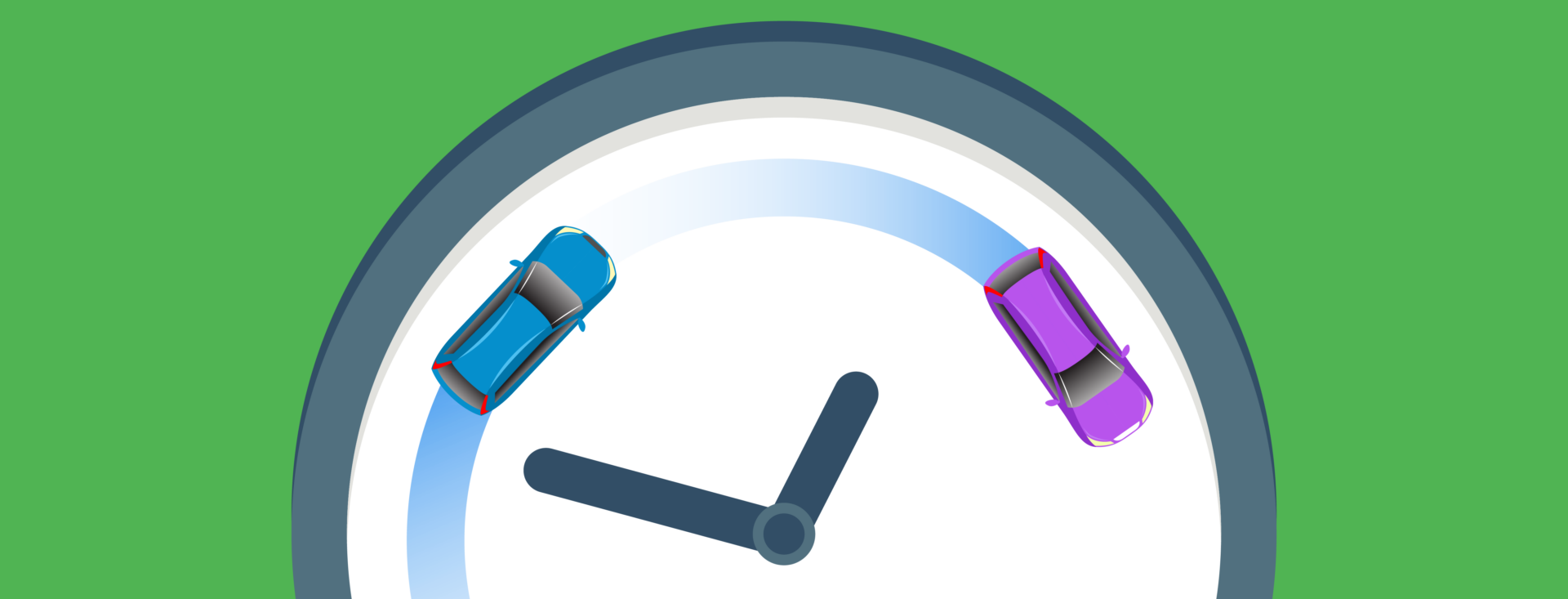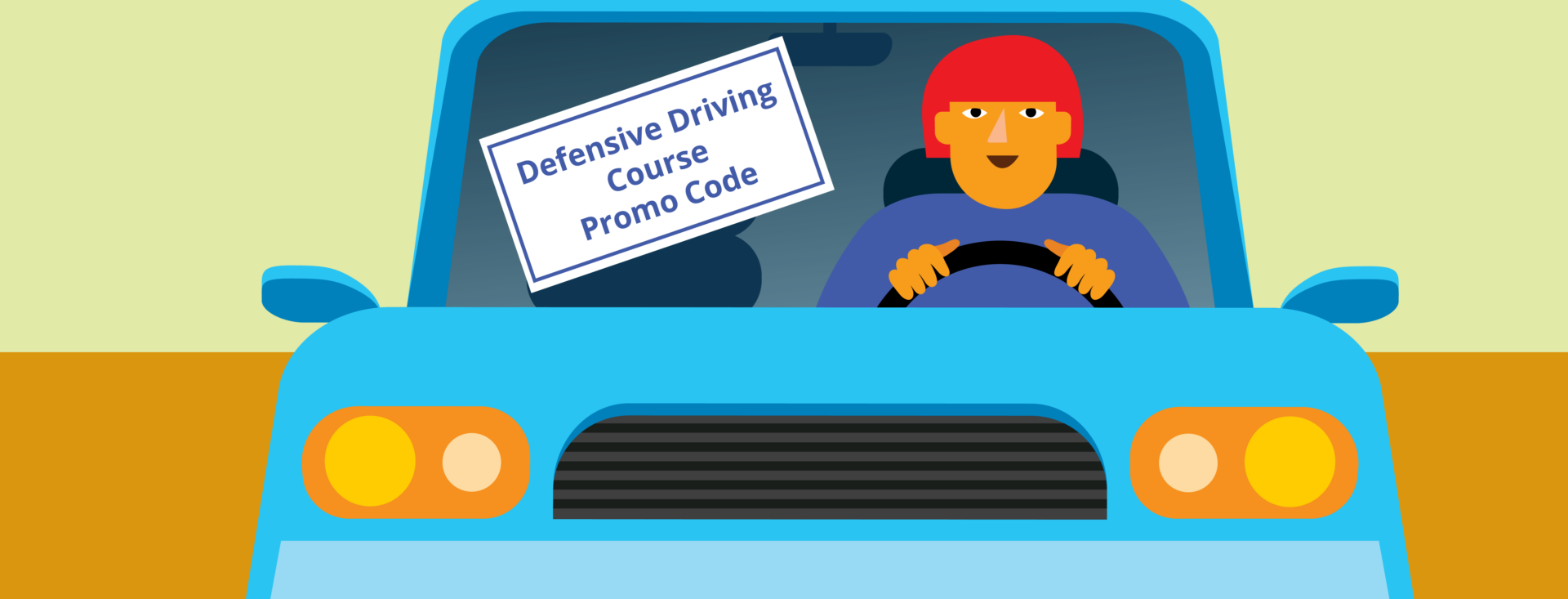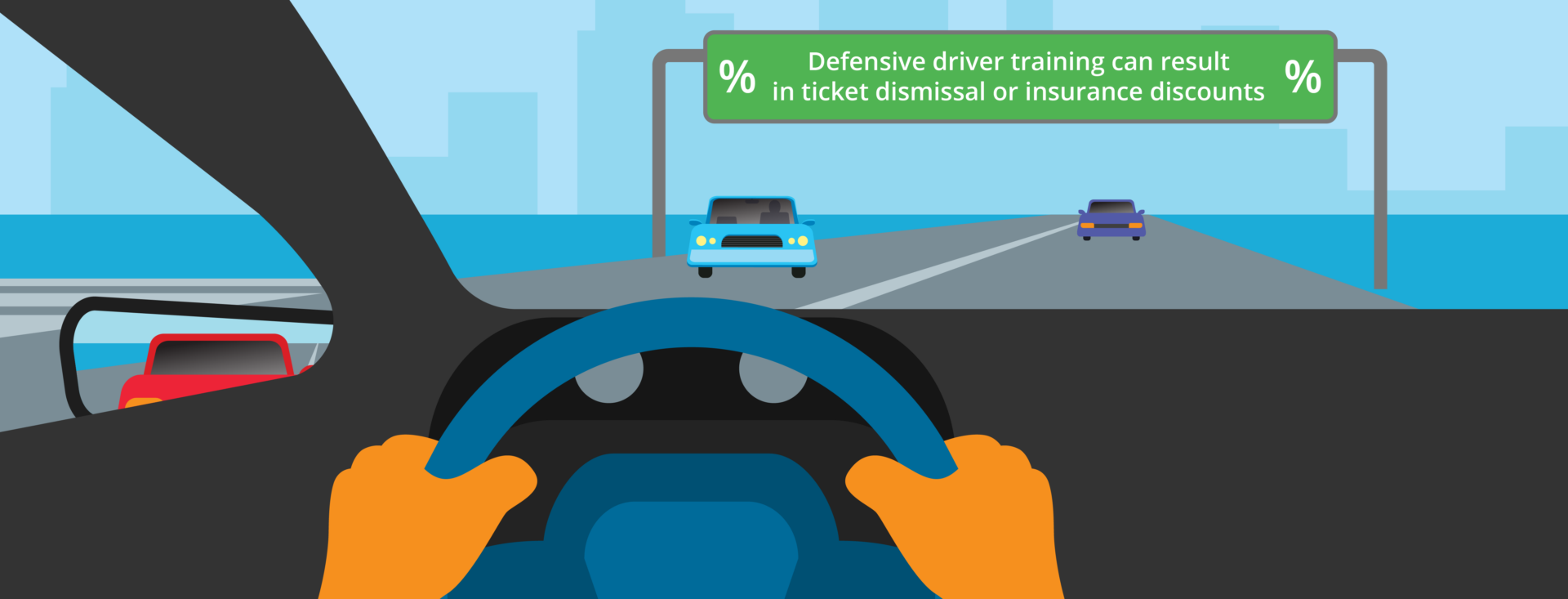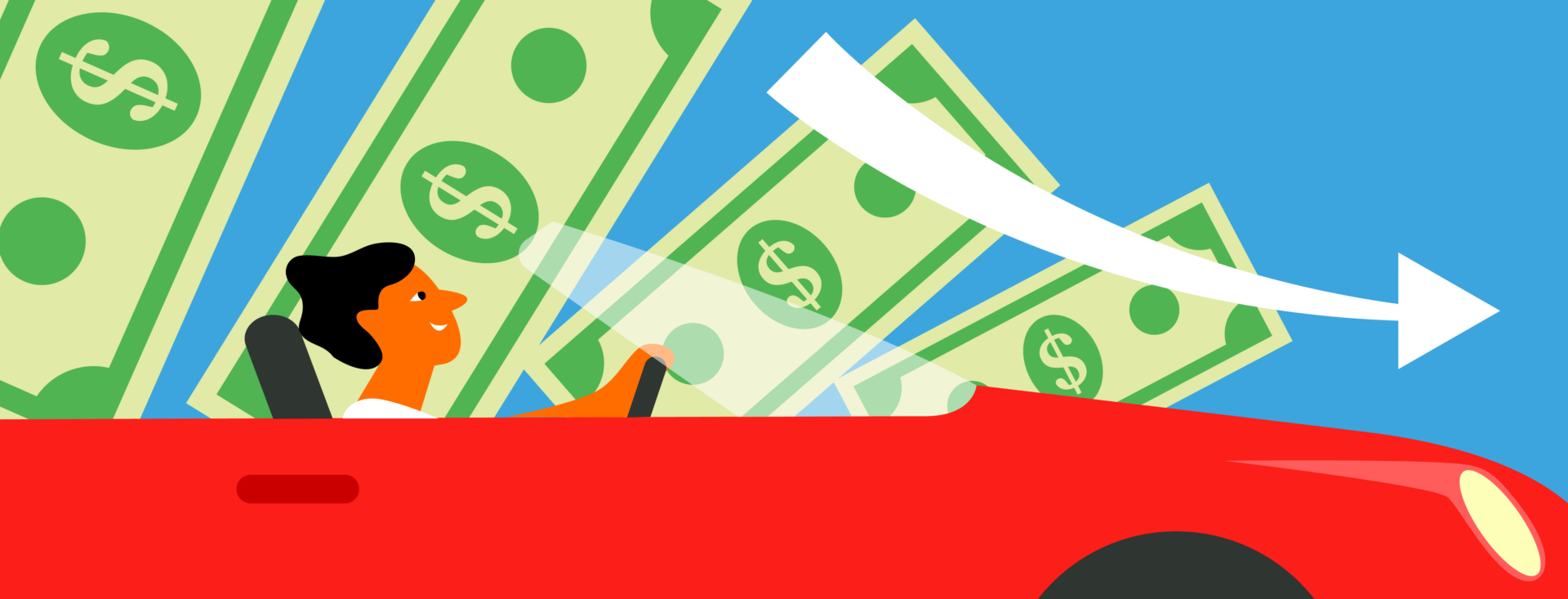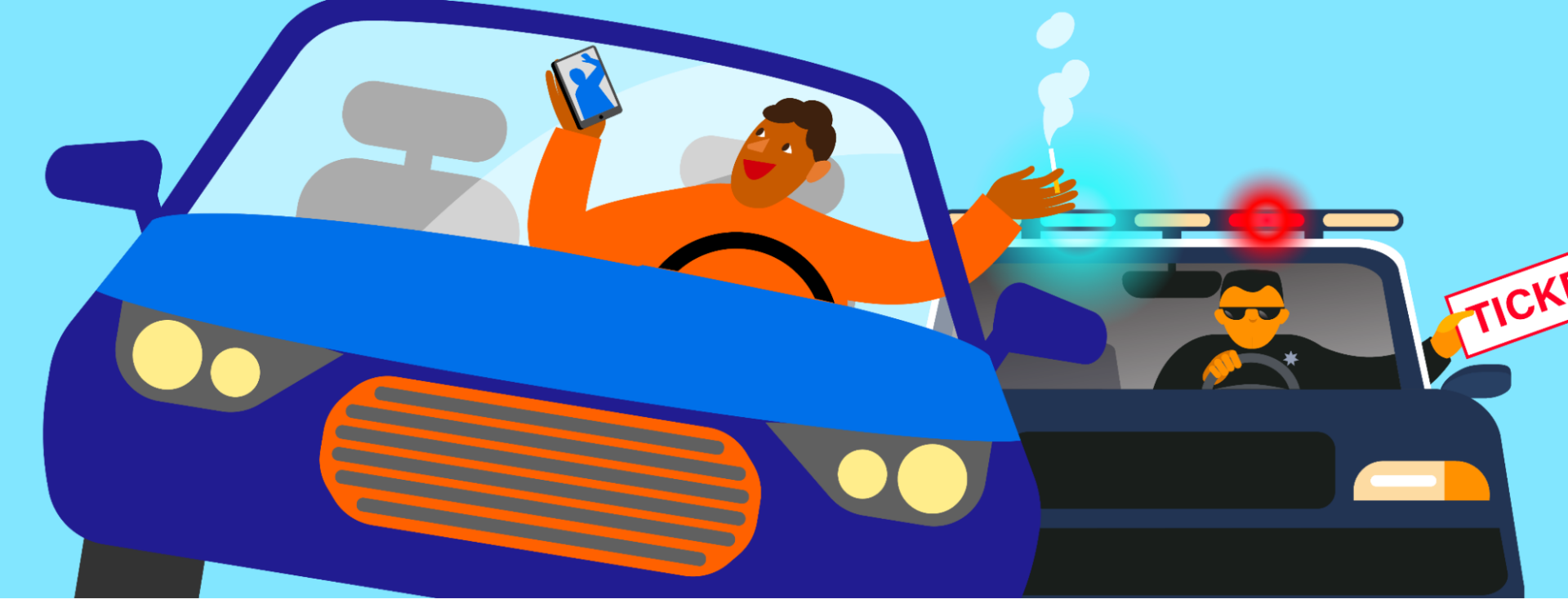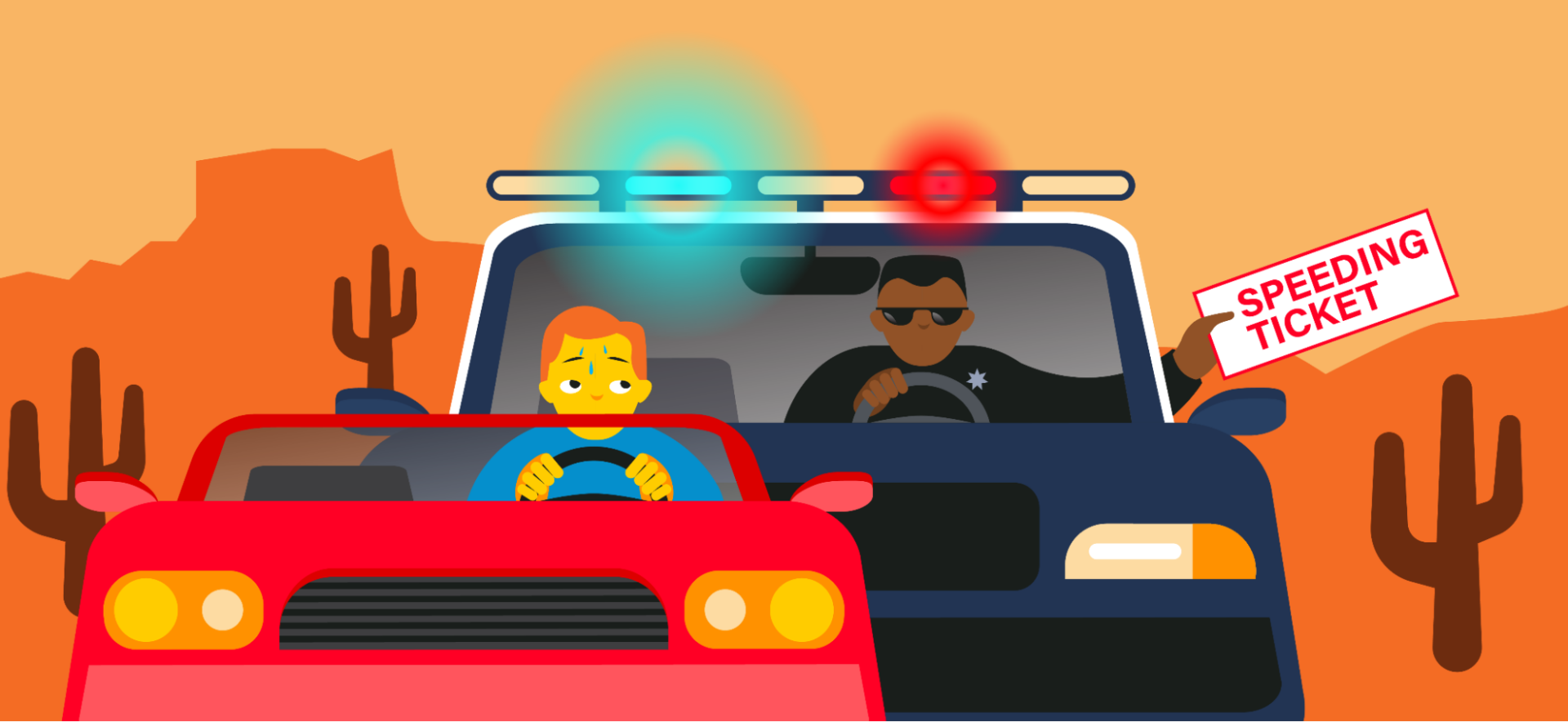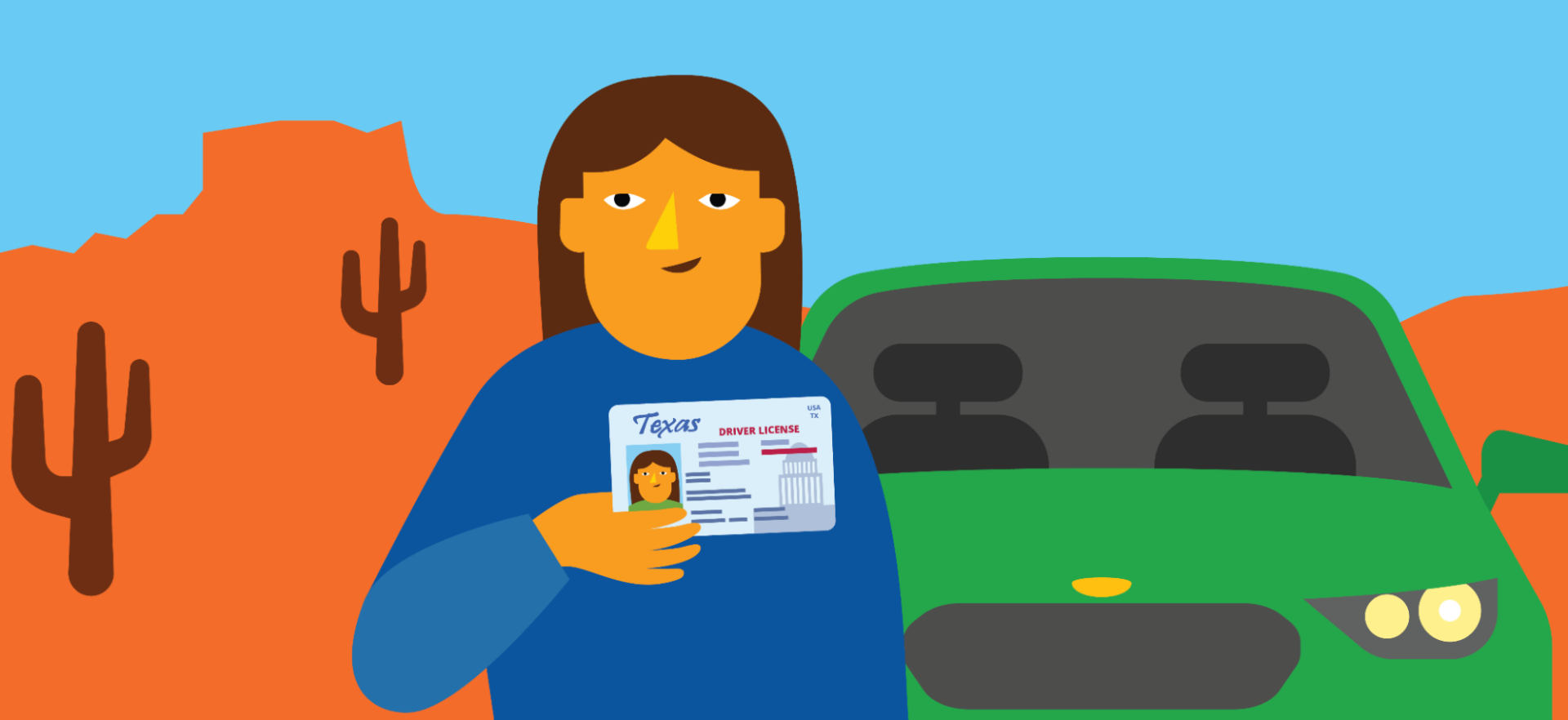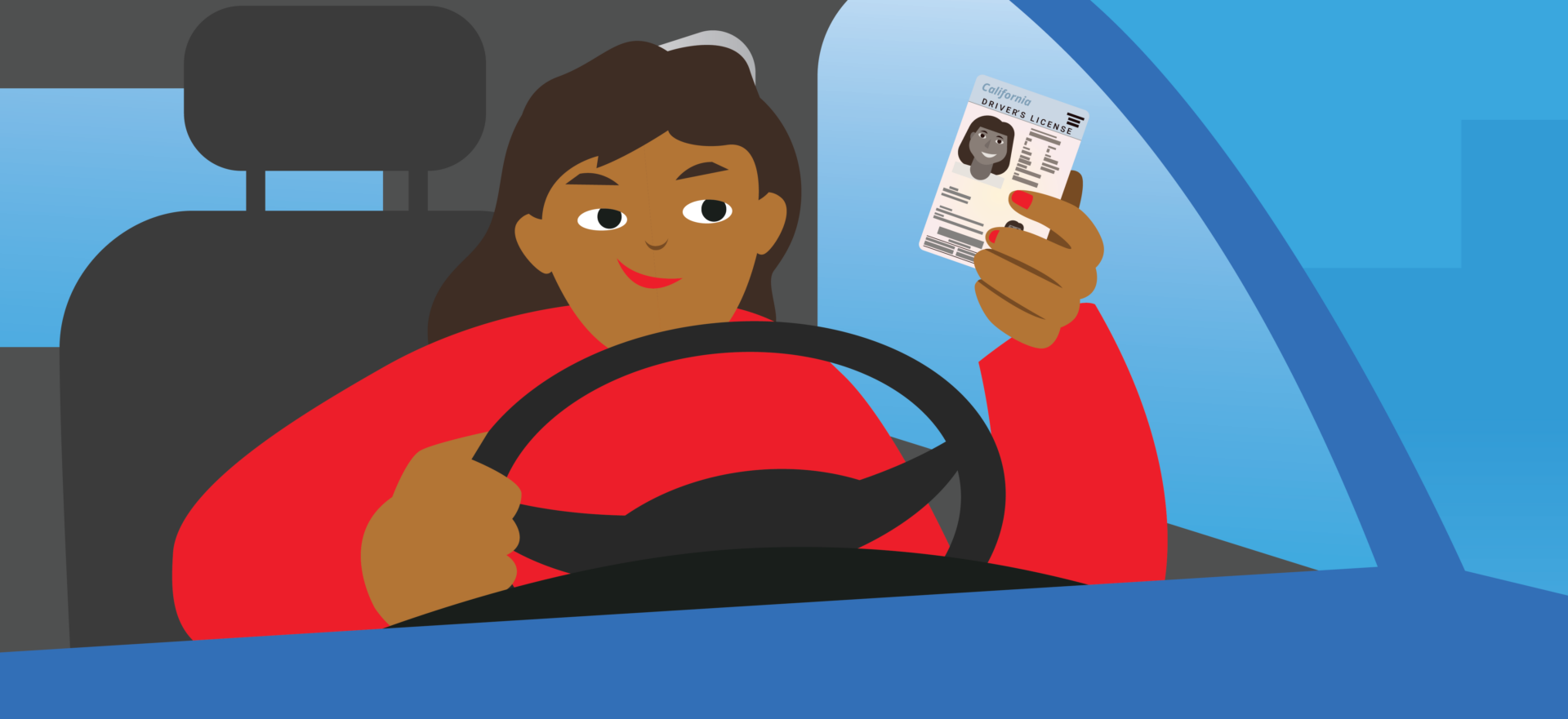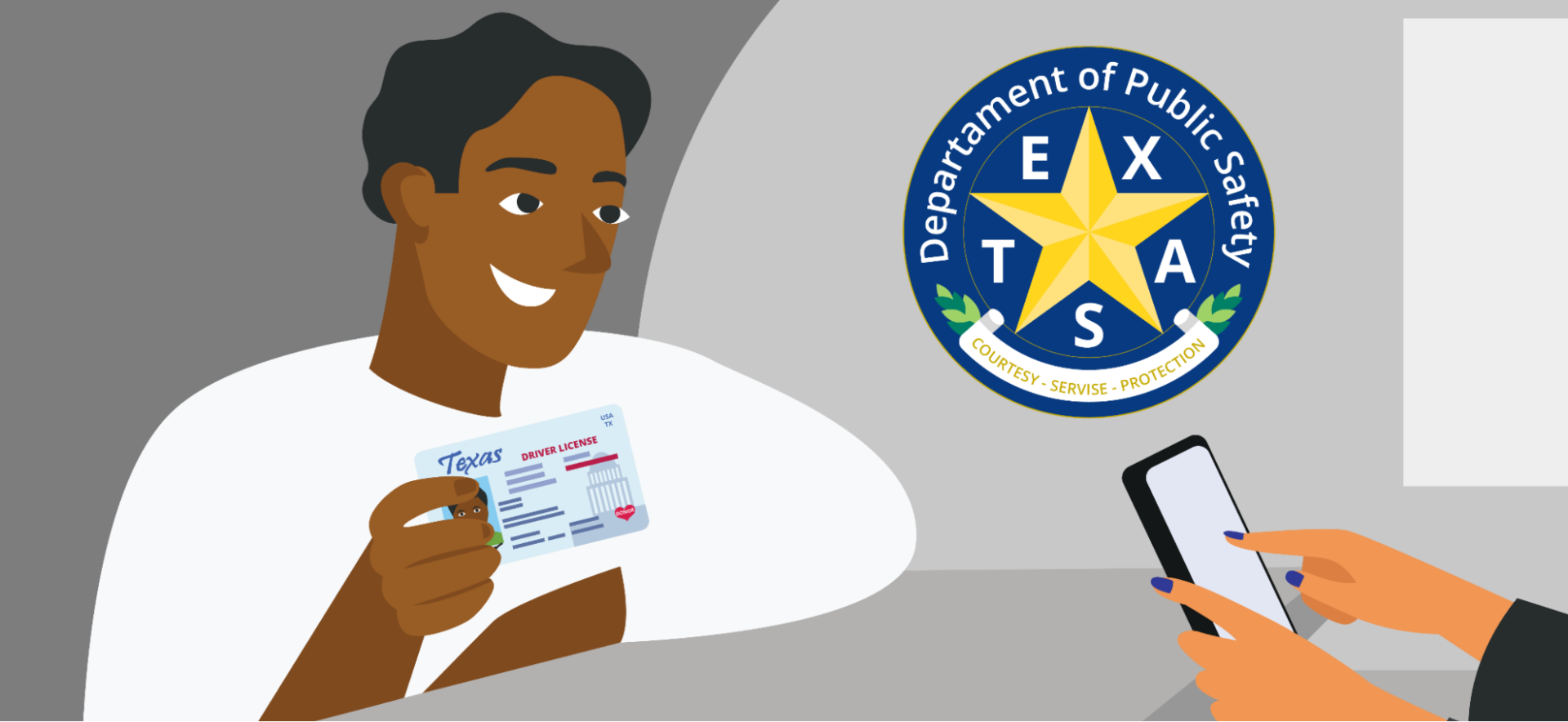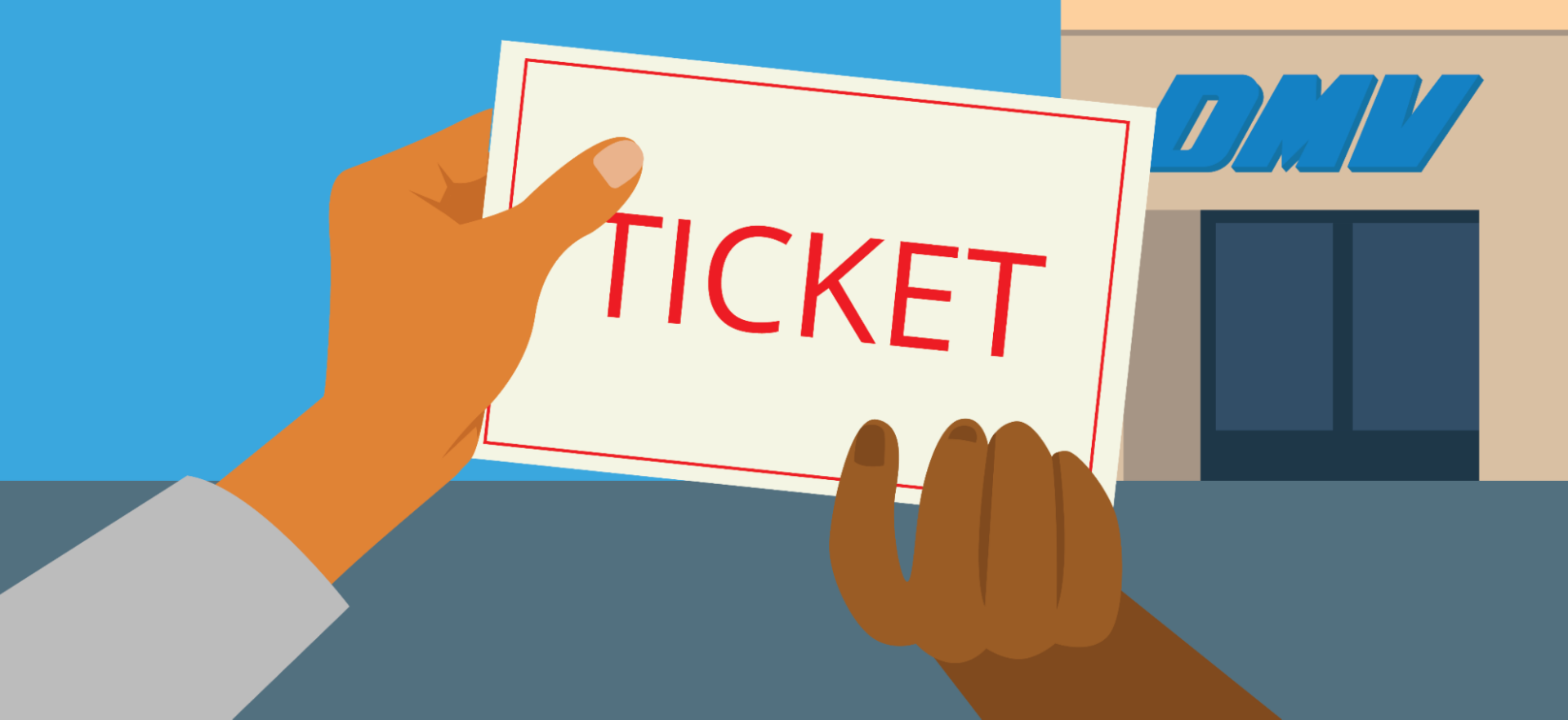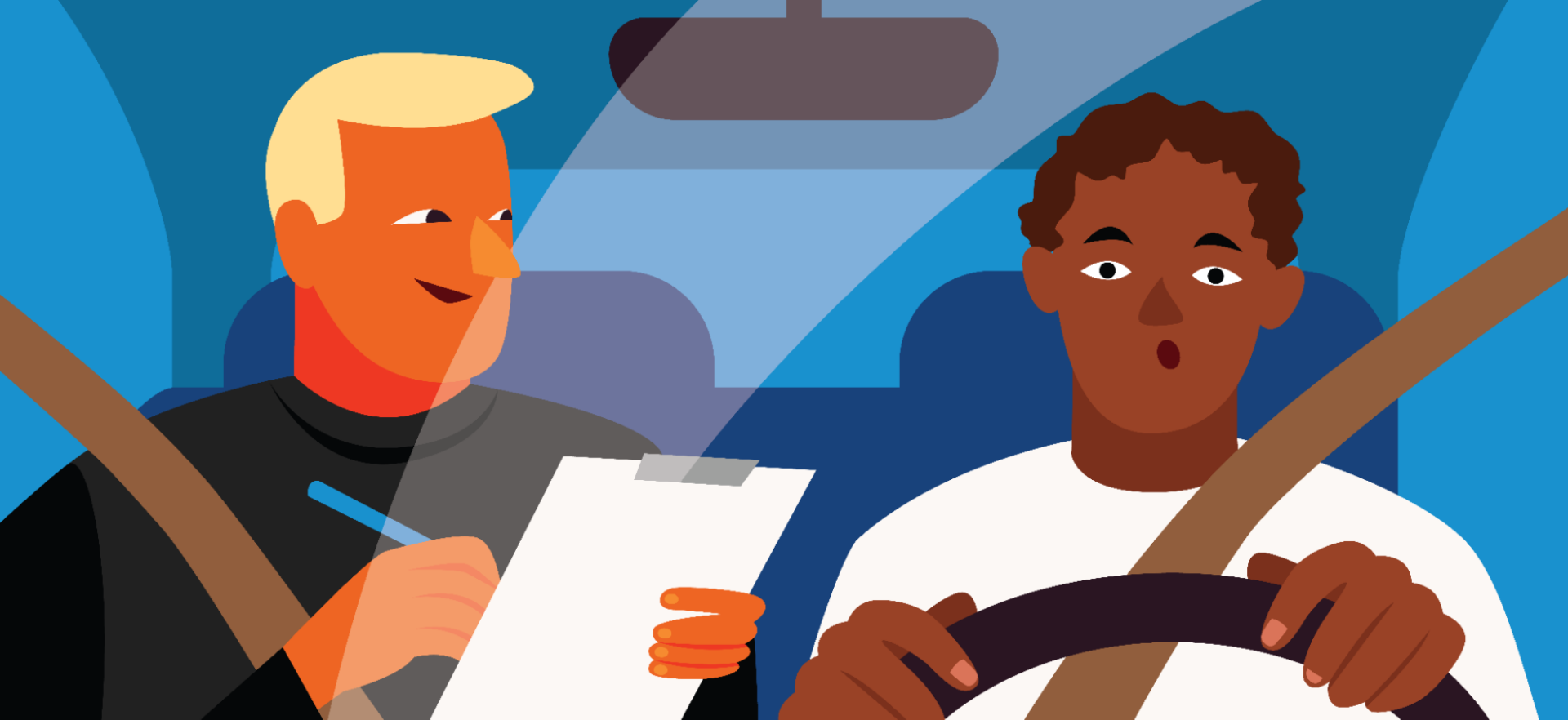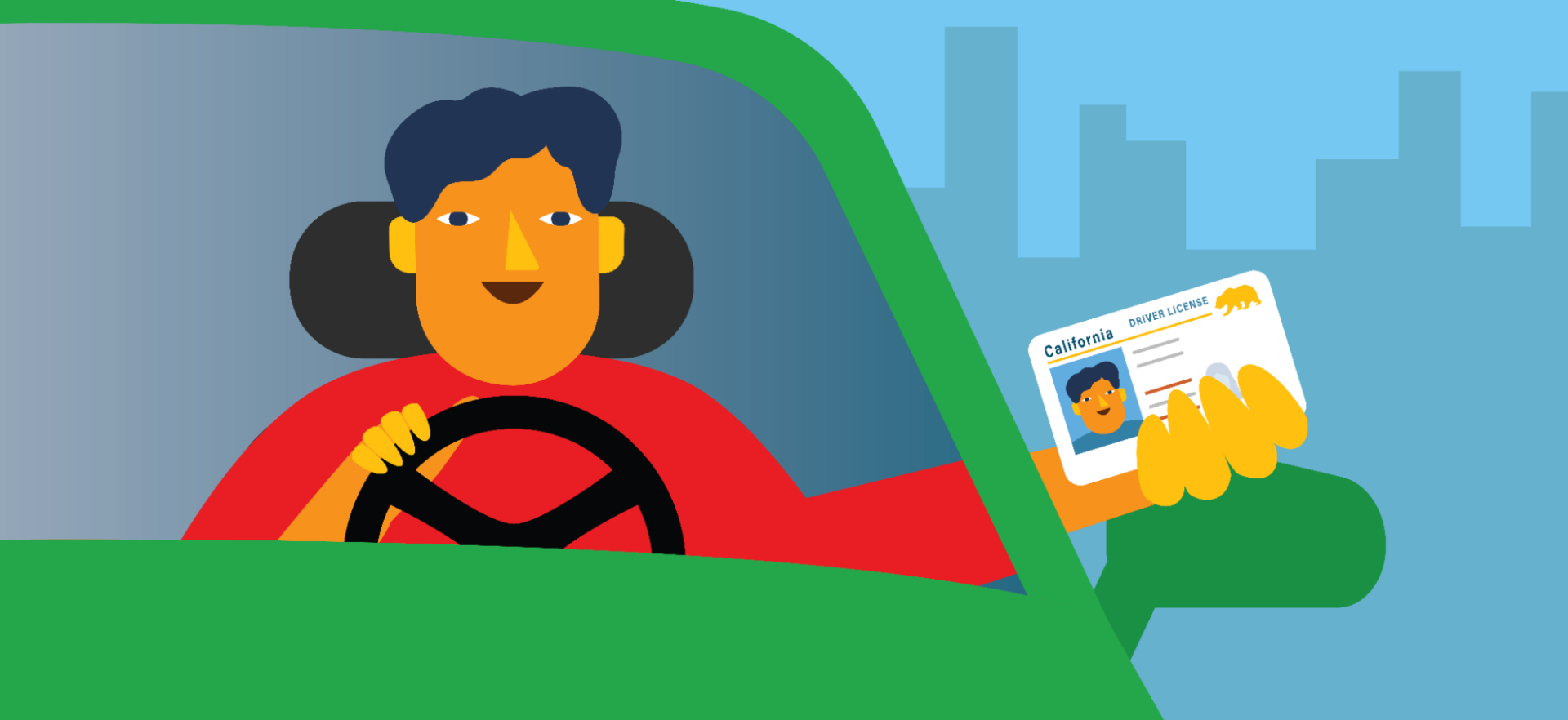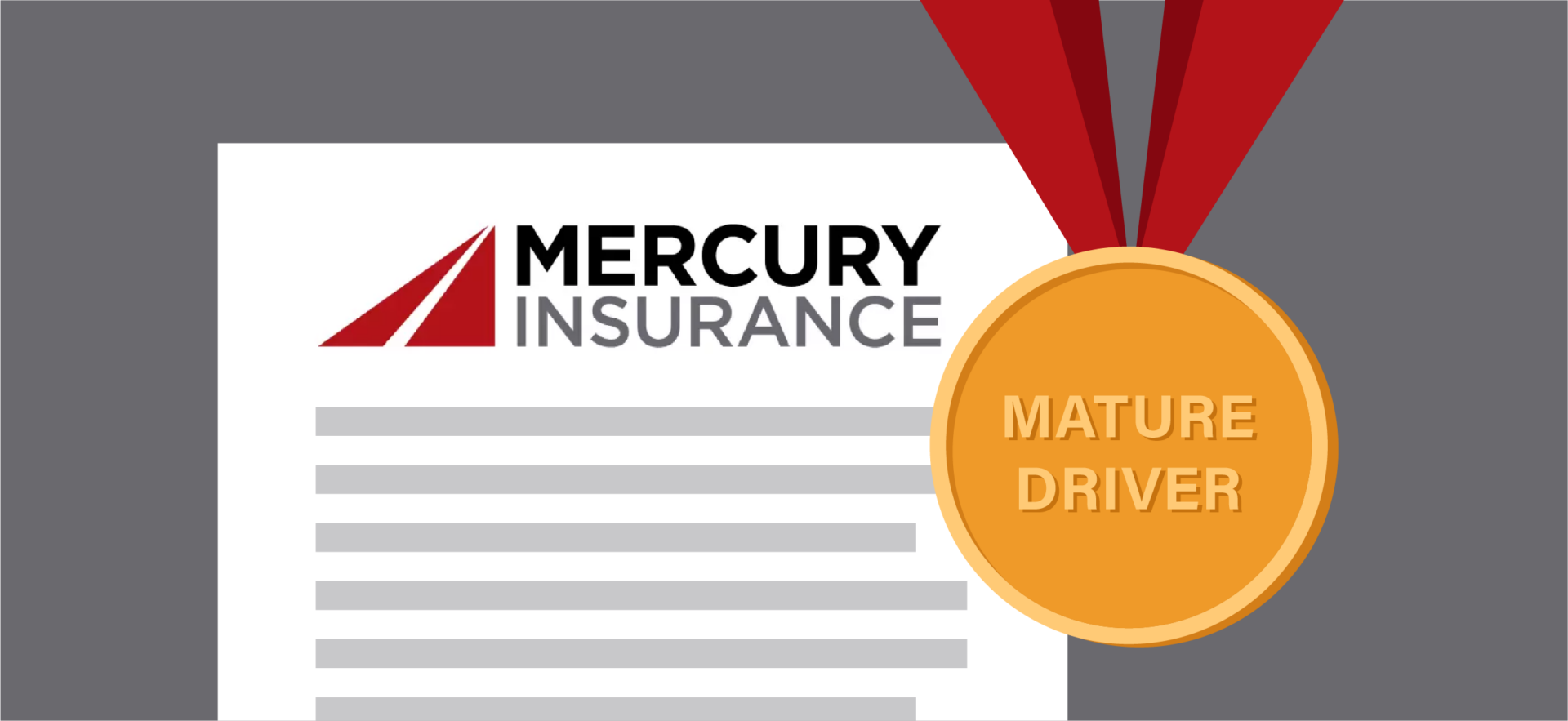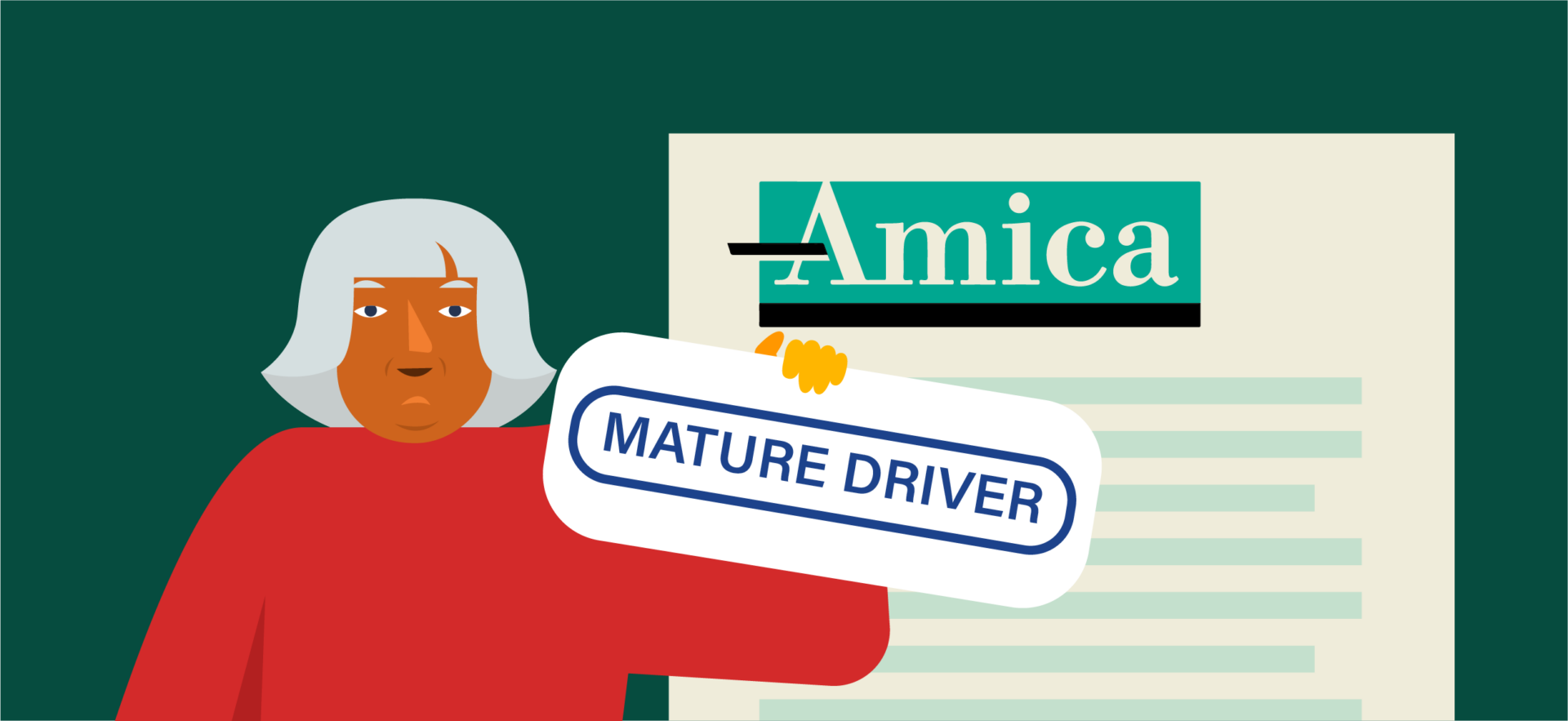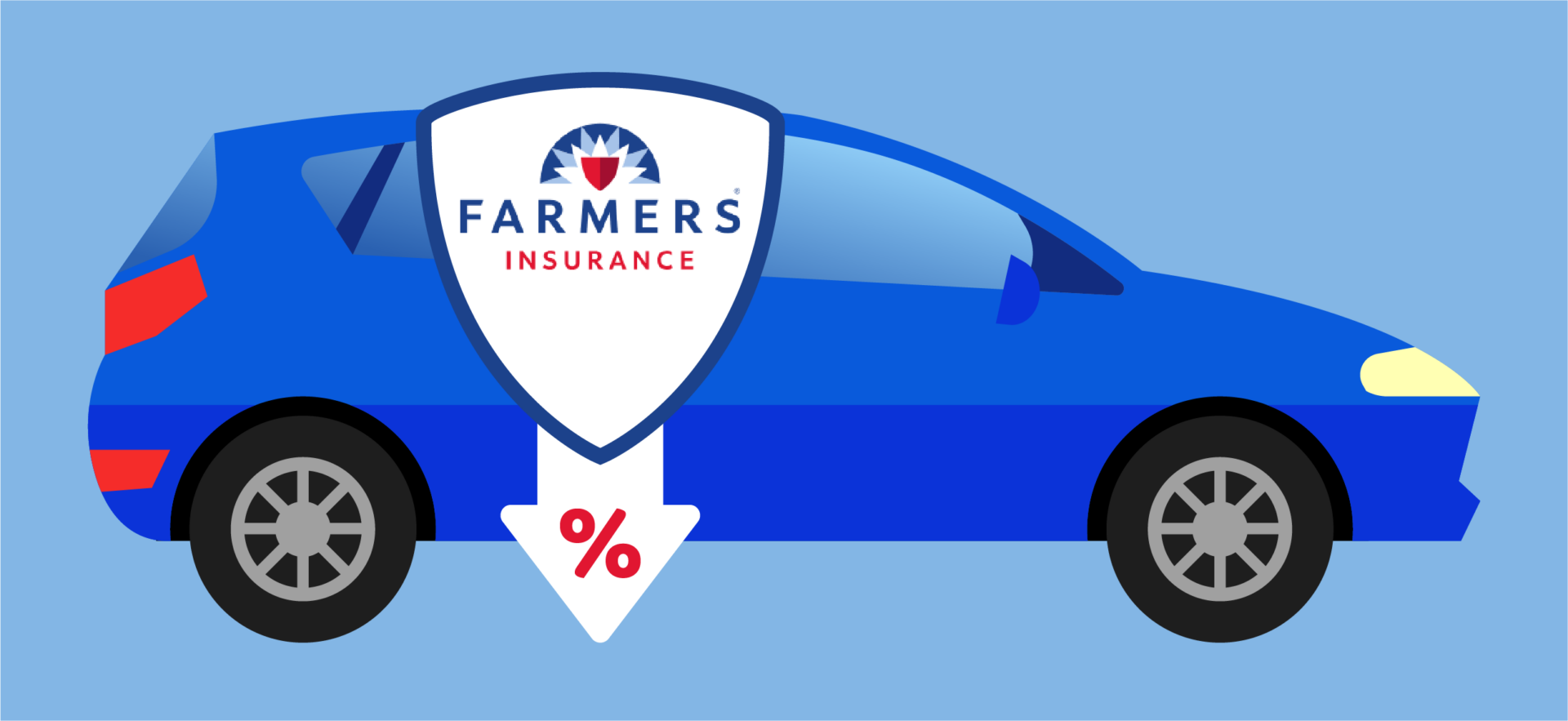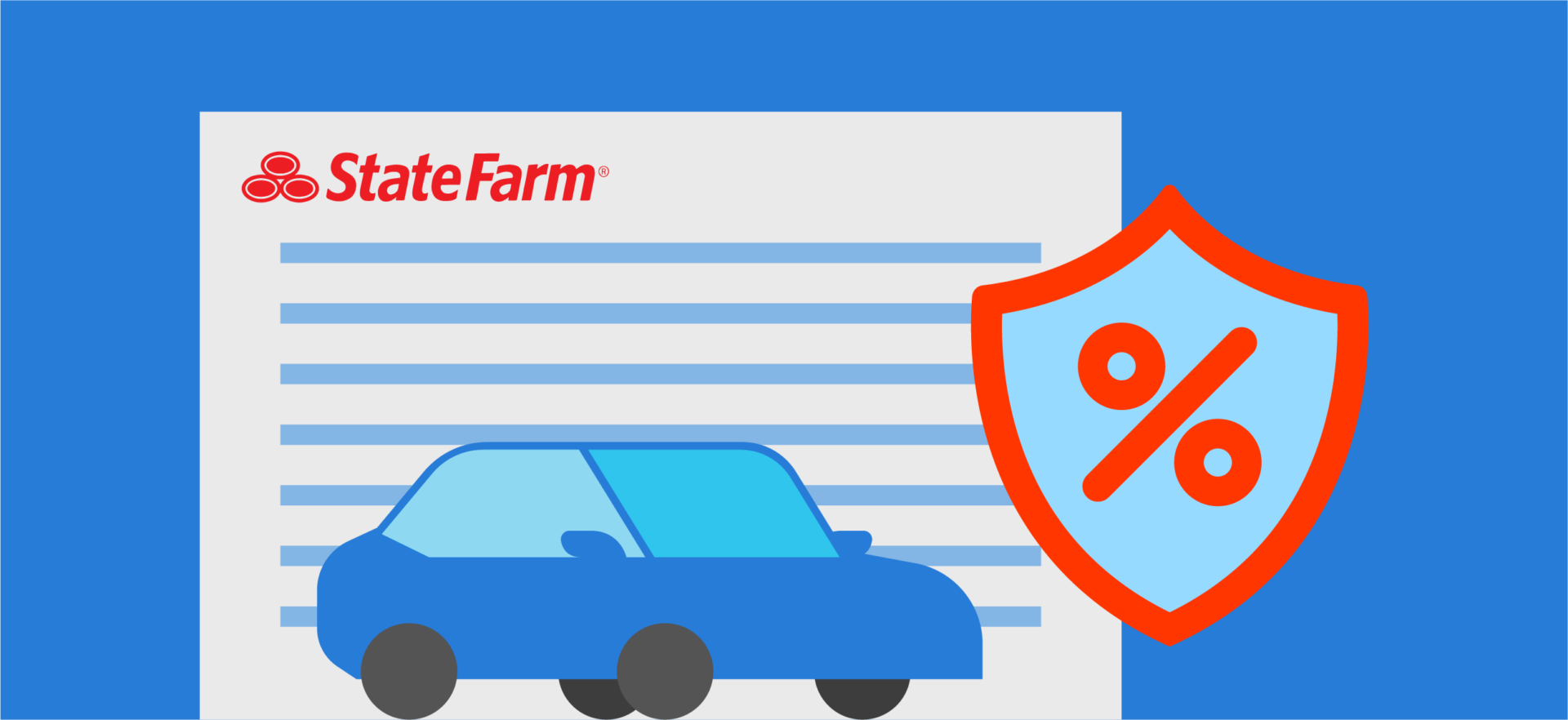Enrolling in driving school is often the first step to obtaining a driver’s license. But choosing the right course can be confusing. Costs can range from as little as $50 for a driver’s ed course at your local high school, to $800+ for driver’s ed and behind-the-wheel training.
So how much is driving school going to cost you? How much should you pay? And what factors influence the price? Let’s find out.
Factors Influencing Driving School Costs
California students can take driver education (DE) and driver training (DT) courses at high schools or state-licensed driving schools. Public high schools generally offer free driver’s ed, but you might need to attend the classes in person.
Private high schools and driving schools charge around $40 to $60 for DE, and you may have the option to study online. Alternatively, you can purchase a driving training package that includes:
- 30 hours of theoretical instruction
- 6+ hours of behind-the-wheel practice
These packages start at $350 and can go up to $800 or higher.
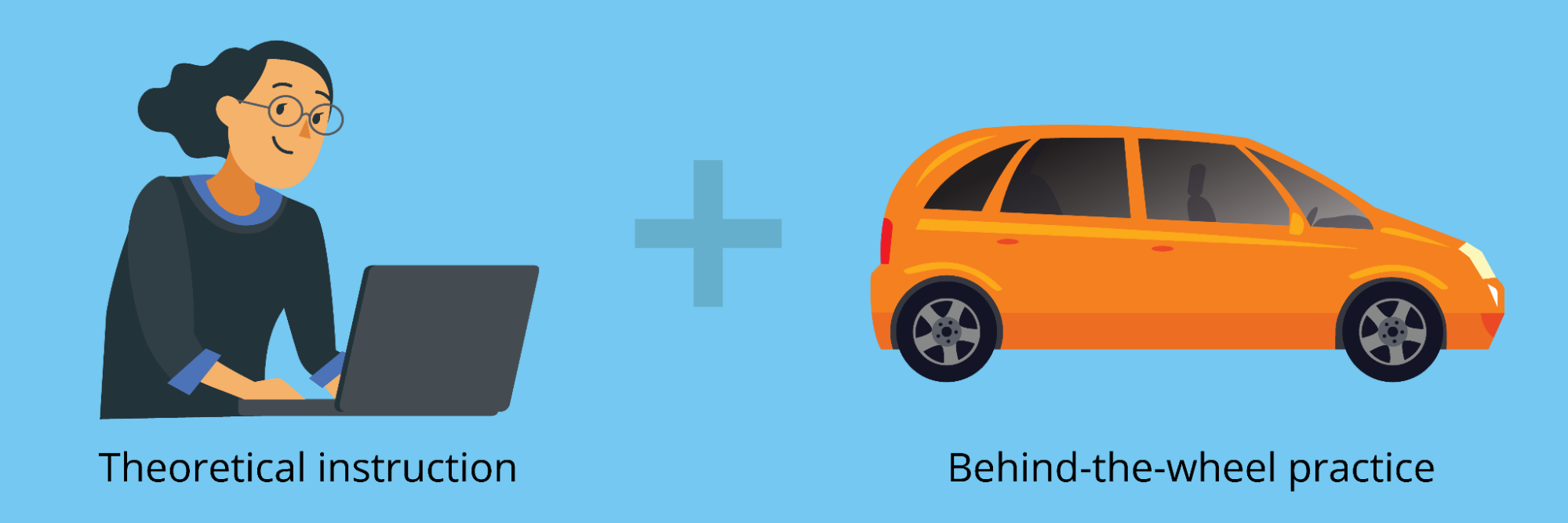
However, each driving school has its distinct policies—and the costs can vary by hundreds of dollars. For example, some schools offer individual DE lessons or custom DT packages consisting of 10, 20, or 50 hours of practice.
From a legal standpoint, you only need 30 hours of DE and six hours of DT. Some students require more practice lessons to feel confident in their skills, which can bump up the price.
How much you’ll pay depends on the following:
Driving School Location
Costs can vary depending on the city or region where the driving school is located.
Generally, driving schools in big cities or posh areas have the highest tuition fees. For example, someone living in Bakersfield, Fresno, or Chico may pay less for driver’s ed than those living in San Francisco.
Tuition fees are usually lower in smaller cities and rural areas. However, since there are very few (if any) driving schools in rural areas, you may need to take DE classes online. After that, search for a driving instructor in your area or travel to the nearest city for behind-the-wheel training.
Get your California driver’s license with our comprehensive driver’s education course!
Reputation and Credentials
Choose a licensed driving school, even if that means paying more for tuition. An unaccredited school may be cheaper, but its course offerings won’t be recognized by the California DMV.
The most reputable schools have experienced instructors and offer various programs, such as basic driver’s ed, refresher courses, and defensive driving courses. Some also provide additional services like pick-up and drop-off for driving practice sessions, which can increase the costs involved.
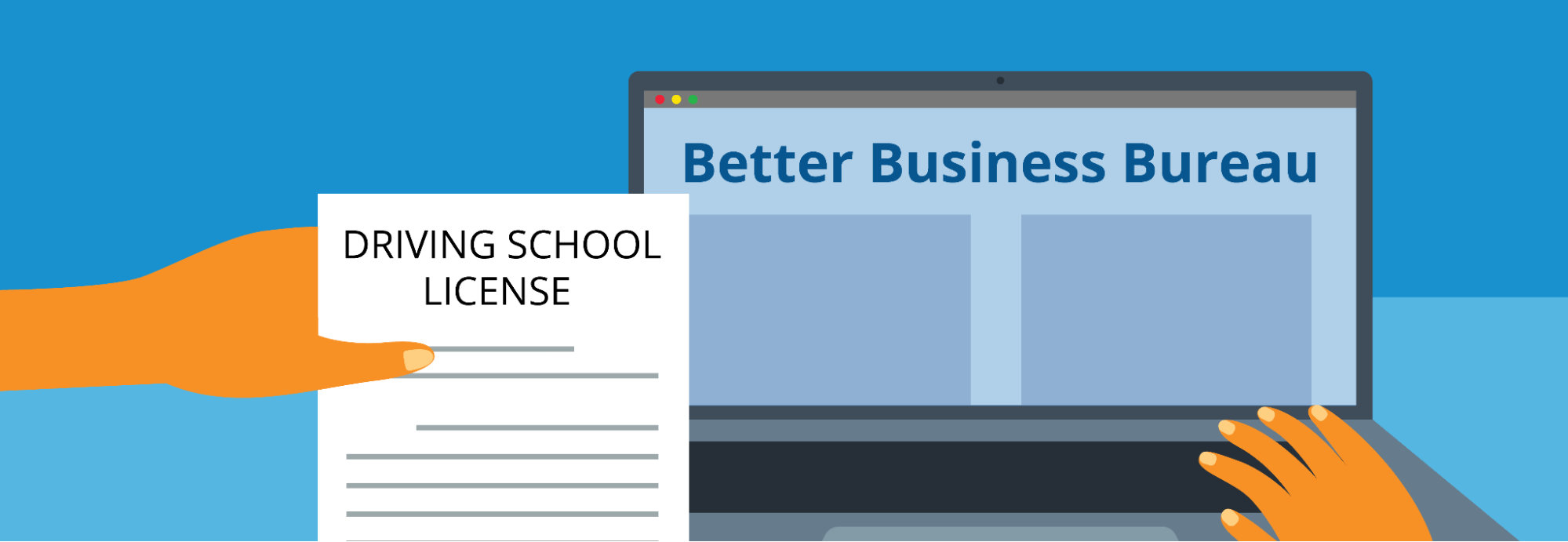
Type of Instruction
Traditional driving schools may offer group classes, private lessons, or both. Private lessons cost more than group classes because they’re tailored to each student’s needs and learning style.
Alternatively, attend an online driving school so you can learn at your own pace. This option is more flexible and convenient than classroom training—and the costs tend to be lower, too.
For instance, some driving schools charge as little as $35 for 30 hours of driver’s ed. The lessons are delivered over the internet, featuring video tutorials, quizzes, simulations, and practice tests.
Course Duration
As discussed earlier, California law requires aspiring drivers to complete 30 hours of DE and six hours of DT. Tuition fees depend on how the courses are spread out, among other factors.
For example, intensive courses take anywhere between three days and three weeks to complete. These tend to be more expensive than standard DE training. You can also expect to pay more for weekend classes.
From a price perspective, course duration doesn’t matter as much when it comes to online classes.
With this option, students have access to the course materials 24/7. The platform will save their progress, and they can take the Learner’s Permit Knowledge test as soon as they complete their training.

Additional Services Offered
Some schools have state-of-the-art facilities and provide additional services, which can drive up the cost. These extras may include:
- Simulator training
- Road test preparation
- Online learning platforms
- Modern vehicles
- Pick-up and drop-off (for practice lessons)
- Defensive driving courses
- Intensive courses
- Refresher courses
- One-on-one training
- Road trips
For example, a driving school may offer four- or five-hour road trips. These prepare students for driving on rough terrain, two-lane freeways, hills, and gravel roads. The lessons don’t count toward the mandatory six hours of behind-the-wheel training, but they can teach you essential skills.
Such services cost a few hundred dollars, and it’s up to you to decide whether they are worth it.
Hidden Costs and Fees to Watch Out for
Not all driving schools are created equal, and some may charge hidden fees besides the cost of lessons. Let’s see a few examples:
- Registration fees
- Examination fees
- Rescheduling or cancellation fees
- Cost of study materials and textbooks
- Equipment rental fees
- Certification fees
- E-learning fees
- Toll fees
- Late payment penalties
For instance, some schools may charge extra for using their equipment, such as driving simulators. Others require students to purchase textbooks, workbooks, and other course materials, which can increase the cost by $20 to $100 or more.
Sometimes, a driving school will offer significant discounts when you sign up—and later recoup the discount by charging all sorts of fees.
Another problem is that some driving instructors drag out the lessons. Because of this, you’ll feel unprepared after completing the mandatory behind-the-wheel training—and you may have to book extra hours.
Given these aspects, it’s crucial to choose a reputable school. Check its course offerings, ask what’s included, and read the contract before you sign it.
Also, remember the saying, “If something seems too good to be true, it probably is.” No school will offer classroom and behind-the-wheel training for $150, $200, or $300.
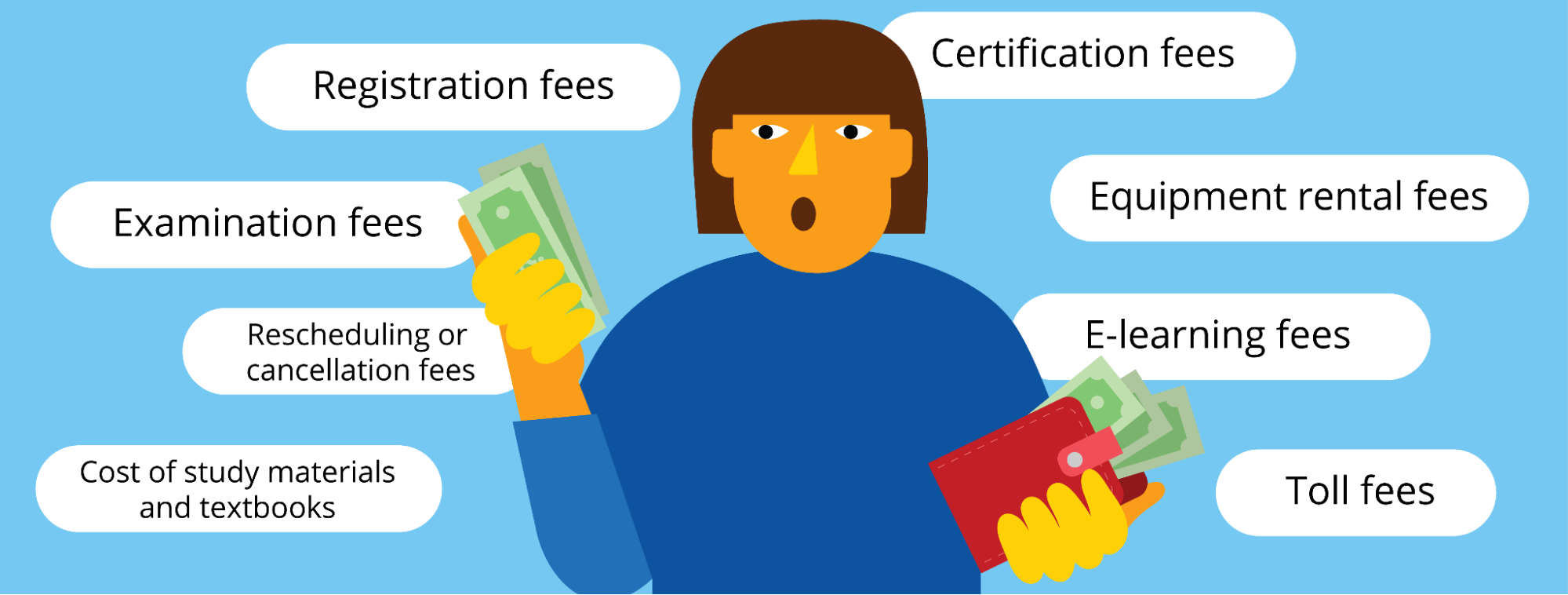
How to Save Money on Driving School
With some planning, you could save hundreds of dollars on driving lessons and get better value for your money.
Here are some tips to help you out.
Sign up for Lesson Bundles
Many schools offer free driver’s ed classes to students who pay for at least six practice lessons. You may also get a discount by purchasing 10 or more practice lessons upfront.
Apart from that, consider booking two-hour practice sessions. Not only will you complete training faster, but you could also get a better price.
Additionally, two-hour lessons give you more time to practice your skills on busy roads where driving just a few miles can take 30-40 minutes.
Take Advantage of Discounts and Promotions
Contact the driving schools you’re interested in to see if they have any discounts or promotional offers. Also, check their websites and social media pages.
Some discounts are not advertised online, but you can ask about them. For example, some schools may offer discounts for students, veterans, or military members. Others will lower your rate if you bring in a friend or family member.
Considering Community College or High School Programs
Community colleges and public high schools often provide free or low-cost driving classes. DT lessons are less common in these settings, but you can still save money on DE courses.
Be Realistic about Your Needs
Some driving schools charge extra for door-to-door service, simulator training, or in-person courses. These services can be useful, but not everyone needs them.

If money is a concern, choose a basic package and cut out the extras. Also, check if you can drive your parents’ car during practice sessions. Some schools will allow it and may give you a discounted rate.
Last but not least, consider online driver’s education. The schools offering this option follow the same curriculum as traditional ones, but the lessons are more affordable. Plus, you can study from home or on the go when your schedule allows it.
